7 Factors To Help You Decide On The Best Location For Your Home
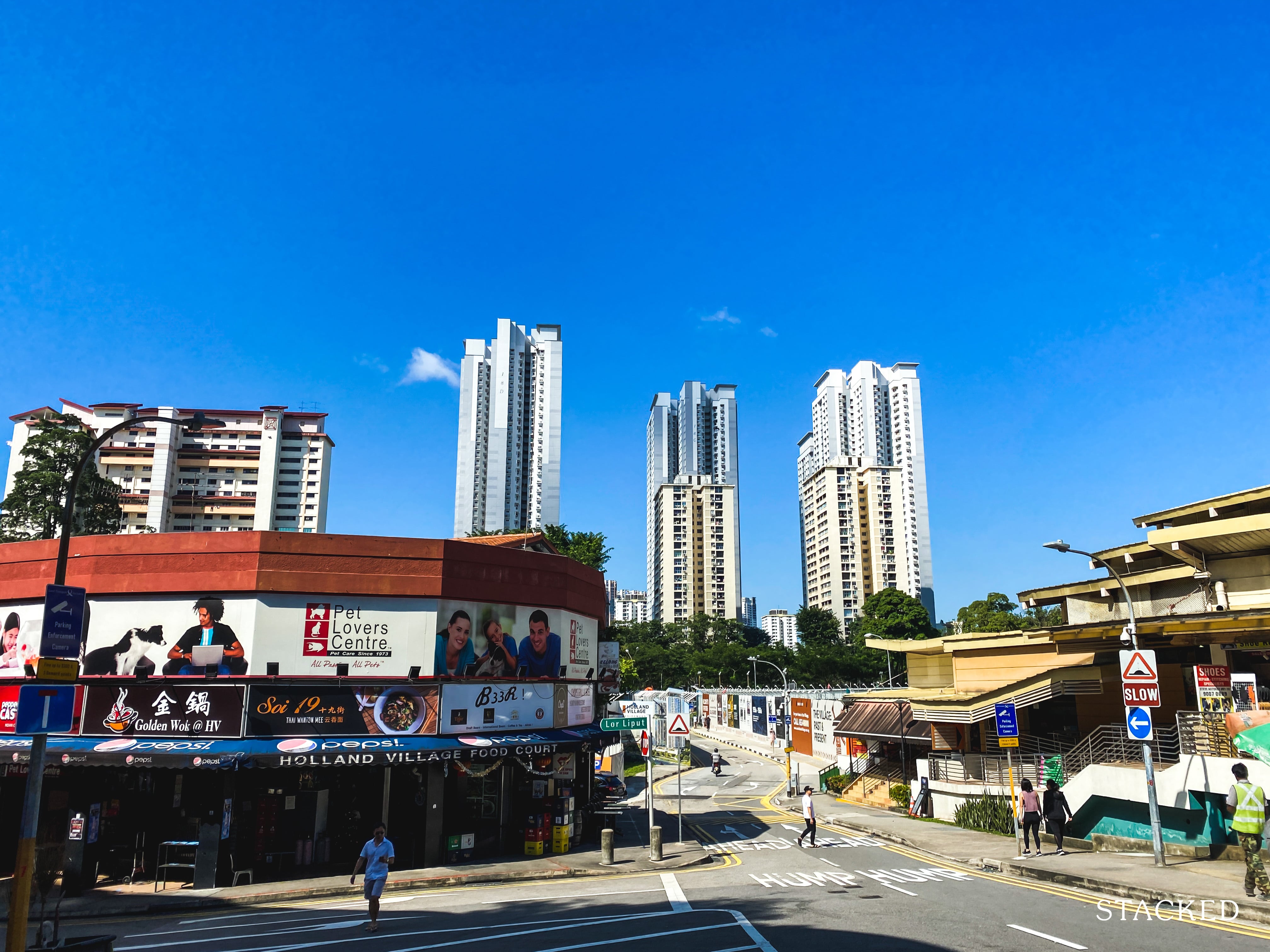
Get The Property Insights Serious Buyers Read First: Join 50,000+ readers who rely on our weekly breakdowns of Singapore’s property market.
A seasoned content strategist with over 17 years in the real estate and financial journalism sectors, Ryan has built a reputation for transforming complex industry jargon into accessible knowledge. With a track record of writing and editing for leading financial platforms and publications, Ryan's expertise has been recognised across various media outlets. His role as a former content editor for 99.co and a co-host for CNA 938's Open House programme underscores his commitment to providing valuable insights into the property market.
This is Part 13 of our 18-part first-time home buyer series. You may refer to the full table below:
First Time Home Buyer Guide
Financing
- Approval-in-Principle: Why It’s Your First Step for a Home Loan/Mortgage
- How Much Can You Borrow For A Home Loan / Mortgage?
- How Much Income Do You Need To Get A Home Loan / Mortgage?
- How To Read Your Credit Report For Your Home Loan / Mortgage
- Understanding SIBOR, Board Rate, And Fixed Deposit Home Loans
- How You Can Compare Home Loans And Get The Best Deal
Choosing The Right Condo
- Executive Condo Versus Private Condo
- Freehold Versus Leasehold Condos
- New Versus Resale Condos
- Large Versus Small Condo Developments
Choosing The Best Condo Unit In A Development
- How To Pick The Best Stack In A Development
- Key Questions To Ask About Condo Facilities
- Key Factors To Note About A Condo’s Location
- How To Read And Compare Floor Plans
- What To Look For In Condo Shoebox Units
- When Should You Consider A Dual-Key Unit?
- Key Questions To Ask At A Showflat
- Condo Purchase Timeline
Ask any shrewd real estate investor and they’ll tell you – location is the first and most important rule of property. It governs almost every aspect of a condo development, from its asking price, to its rentability, to its eventual resale or en-bloc value.
And for the homeowner, location is the make-or-break factor; it can impact everything from how much sleep you get, to your children’s odds of getting into a desired school.
In this part of the guide, we’ll look at some of the obvious – and less obvious – factors to consider on a condo’s location:
- The URA Master Plan
- Accessibility issues
- Nearby education institutes
- Suitability of surrounding amenities
- Low versus high-density housing
- Stigmatised locations
- Personal lifestyle factors
1. The URA Master Plan
The URA Master Plan is a publicly available urban planning outlook. It charts the course of Singapore’s urban planning over the next 10 to 15 years, and it’s the basic blueprint of any property investor (or savvy home buyer!)
The URA Master Plan will reveal infrastructure projects within particular neighbourhoods. Current notable examples include the Ophir-Rochor Corridor, the development of Kampung Bugis, and the development of Woodlands as a regional centre.
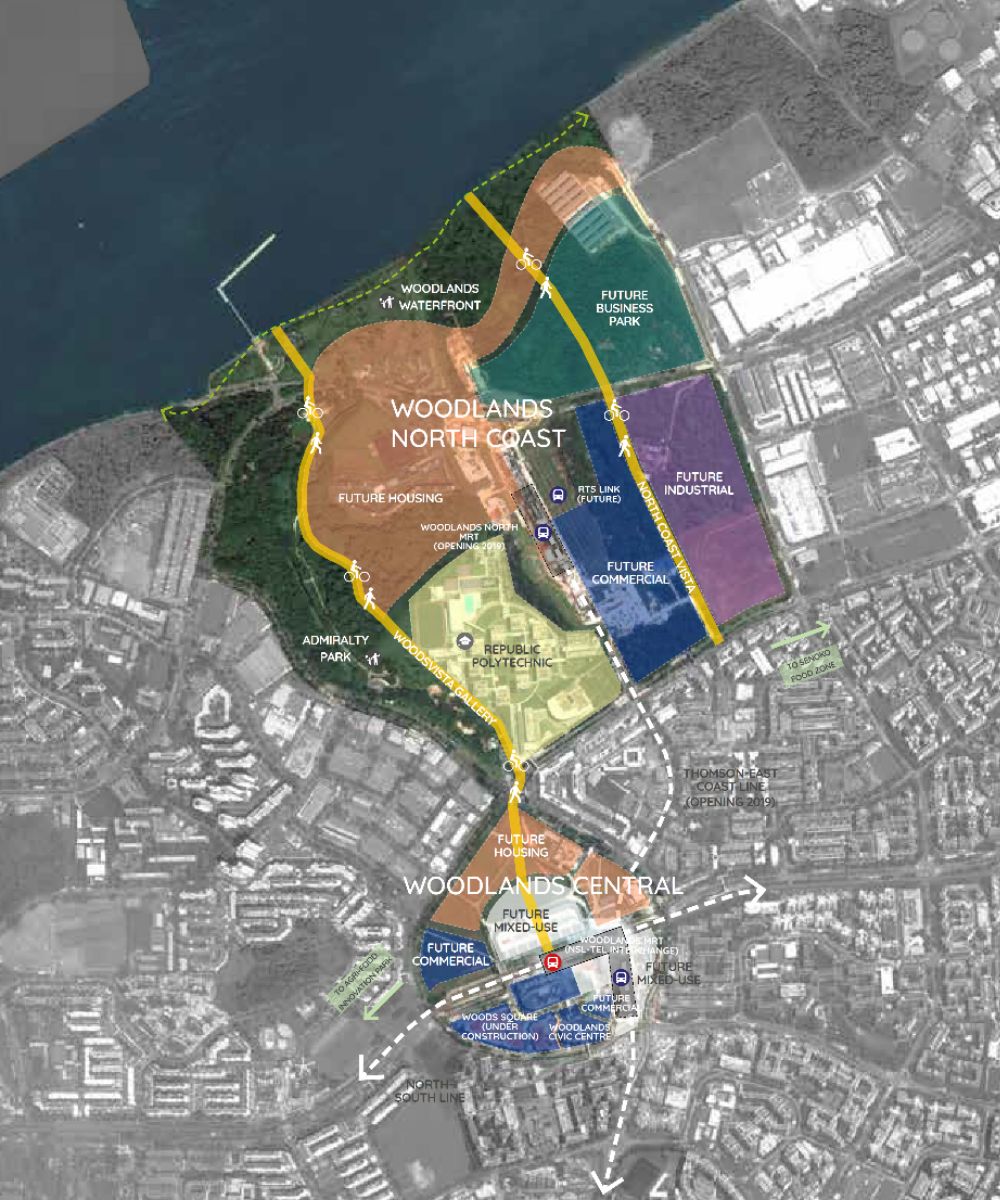
Past or ongoing projects have included the Jurong Lake District, the development of Paya Lebar Central, and Chang Business Park.
Given that property is a long-term investment, it’s important to check the Master Plan to see how the neighbourhood will develop, instead of basing your decision on what’s immediately present. For example, early buyers in Jurong East or Paya Lebar profited immensely from knowing the URA Master Plan, when their neighbourhoods were transformed into new business hubs.
Another important aspect of the Master Plan is URA Space. It allows you to check how different parts of Singapore are zoned, right down to the density of nearby residential housing (details on how to read this are on the URA website).
You want to look out for the following:
- Few or no other residential zones near your condo (this restricts supply and creates scarcity value, which can help increase your property value in the long run)
- High-density residential zones appearing near your condo. Even if those plots are empty right now, they represent future competition for tenants and buyers. New condos can be built there, and may even affect the view from your unit. Check the Gross Floor Area (GFA) to determine how dense the upcoming housing is; you can find out more about that in our earlier article.
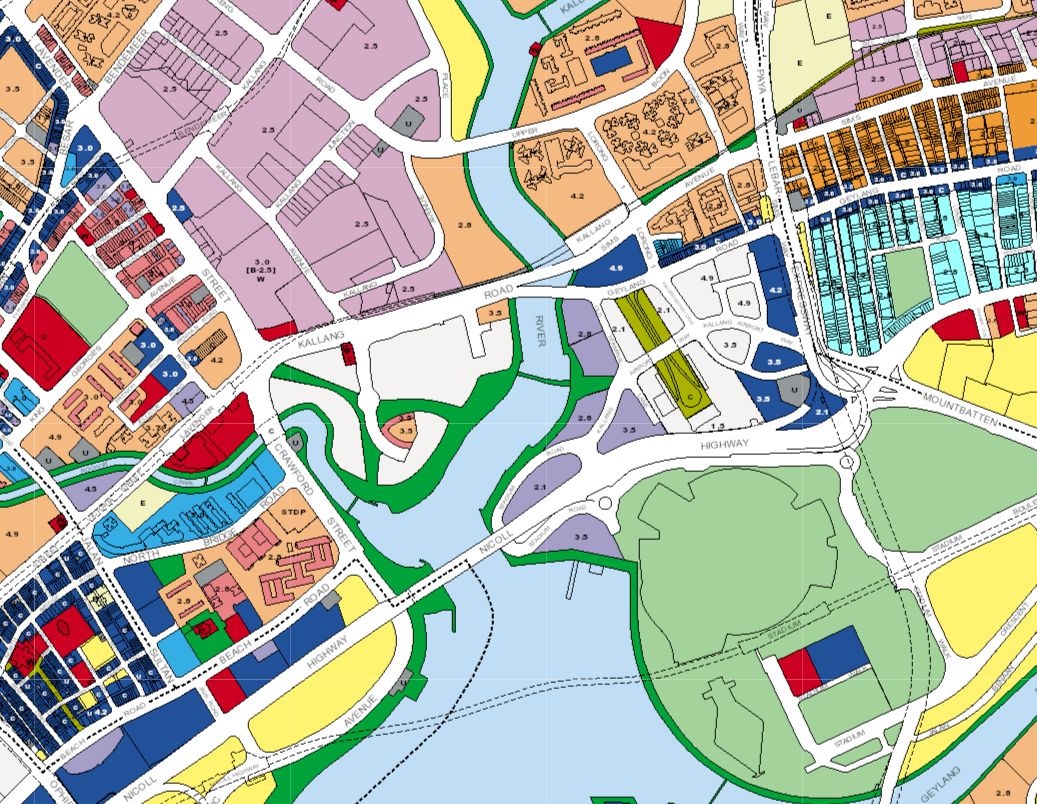
- Desirable White Sites nearby. These are literally white spaces on the URA map. These often indicate mixed-use spaces that could become the hub of the neighbourhood, such as a mix of offices, shops, hotels, sports complexes, etc. At the time of writing, Kampung Bugis is one of the most anticipated white sites. Properties located near these stand to benefit a great deal.
- Business 1 and Business 2 zones. A polite term for industrial areas. In general, these are considered negative by most buyers, due to noise and pollution. Business 1 is for light industry, whereas Business 2 is for heavier industry (but URA usually tries to zone these things further away from housing).
If you’re not certain whether you’re reading the plan right, you can also contact us on Facebook. We can help to provide more specific insights into the area.
2. Accessibility issues
The famous “X metres to the MRT station”, that will be shown on every property brochure. But we’ll let you in on a secret: being near an MRT station is becoming less of a big deal as time goes on; with so many train stations everywhere, many condos these days are close to an MRT station.
Nonetheless, note that around 700 metres is considered an acceptable walking distance by most people (it can be much more or less depending on your physical condition, whether you bike, etc.) A sheltered walk to the MRT is, of course, always preferable.
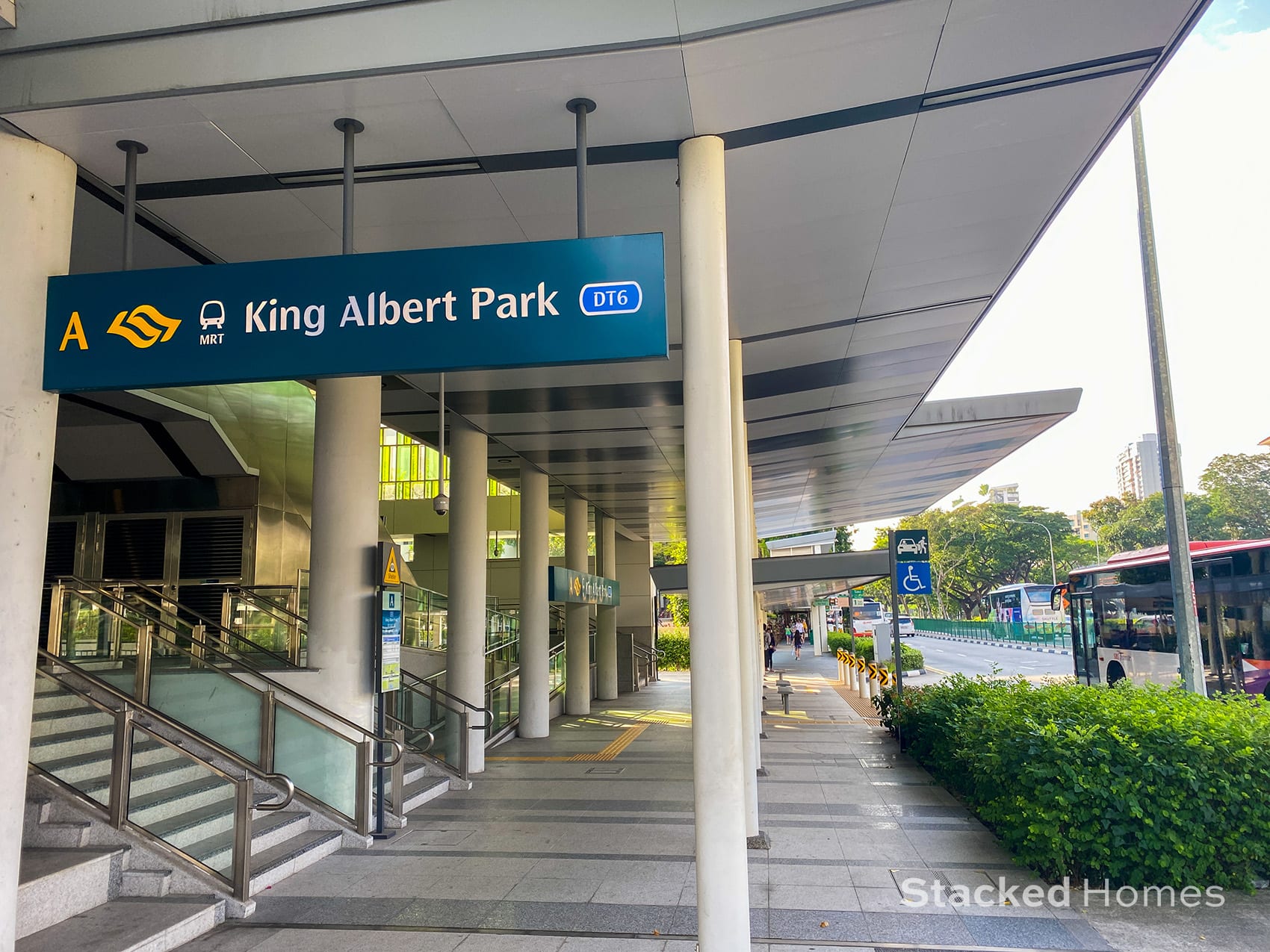
Besides the MRT station, do check where the nearest bus stop is. If you’re using public transport, check the busses that stop there, and see if it’s a convenient route to get to work, or for your children to get to school.
For drivers, you mainly want to take note of which major roads and highways you have access to.
Also remember to check if your condo provides shuttle services to the MRT, or areas like the CBD. This is especially true for Executive Condominiums (ECs), which tend to be built further away from the MRT.
3. Nearby education institutes
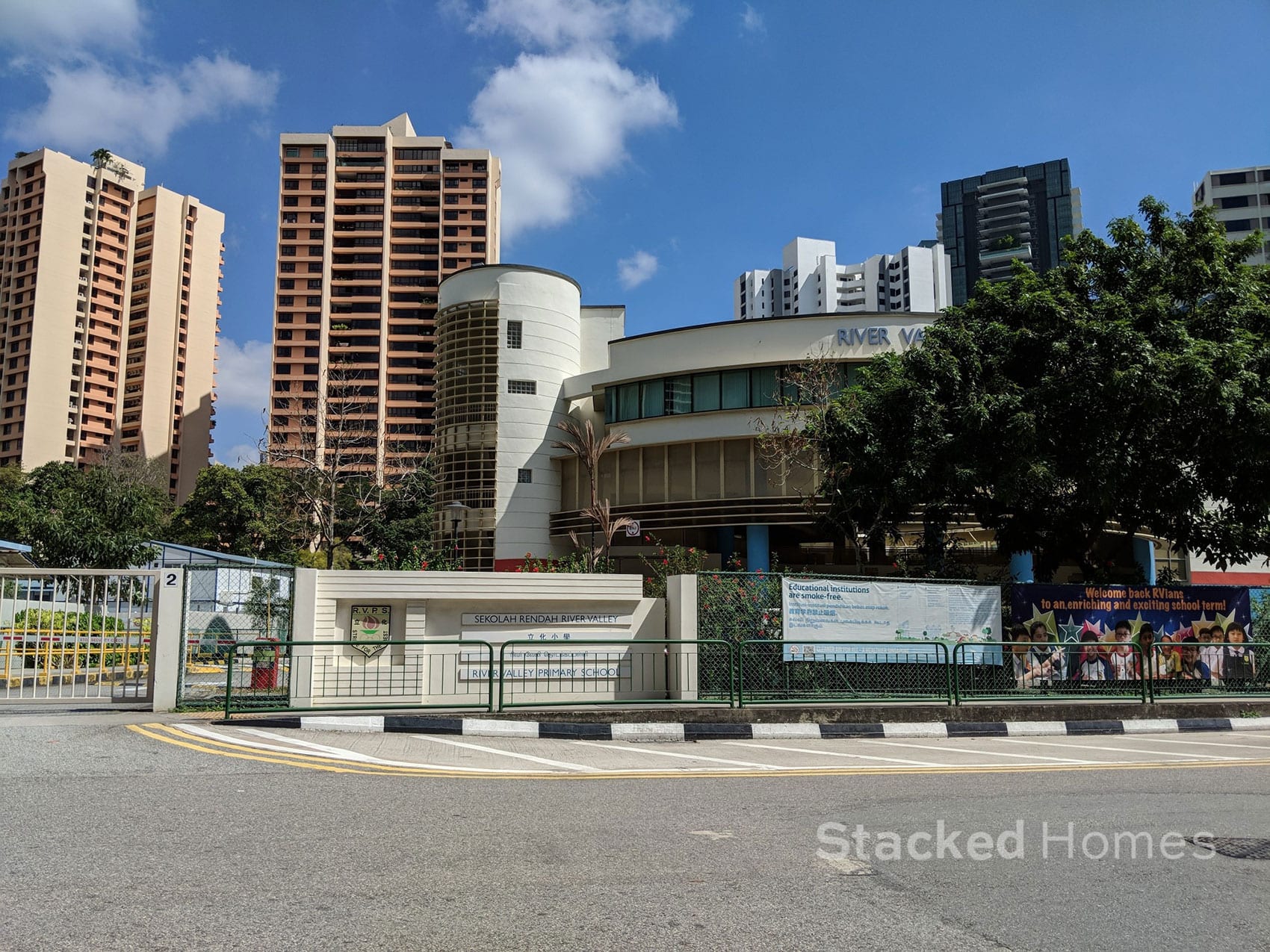
As most parents would know, living near a particular school can increase the odds of your child being accepted. But that aside, living near educational institutes cuts down on travel time for your children.
If they’re just 10 minutes from school, for instance, that can mean they sleep in a little more and get there well-rested; or that they have more playtime because it’s not wasted on a 40-minute bus ride to get home.
One famous example of this is St. Andrew’s Village in Potong Pasir, which can serve your child from kindergarten through to secondary school (although overall, Clementi is the best-known area for access to education right now).
If you have children in tertiary institutions, such as NUS, living nearby can mitigate the need for on-campus housing or renting near the university.
4. Suitability of surrounding amenities
This is something you really need to check, as most property marketing materials will simply say things like “XYZ mall”, or mention “many dining options).
In practice, whether or not they’re amenities depend on your income level and lifestyle. For example, not everyone can afford $50 per head meals at wine-bars or restaurants; so having a whole stretch of these next door may not be a huge amenity for them.
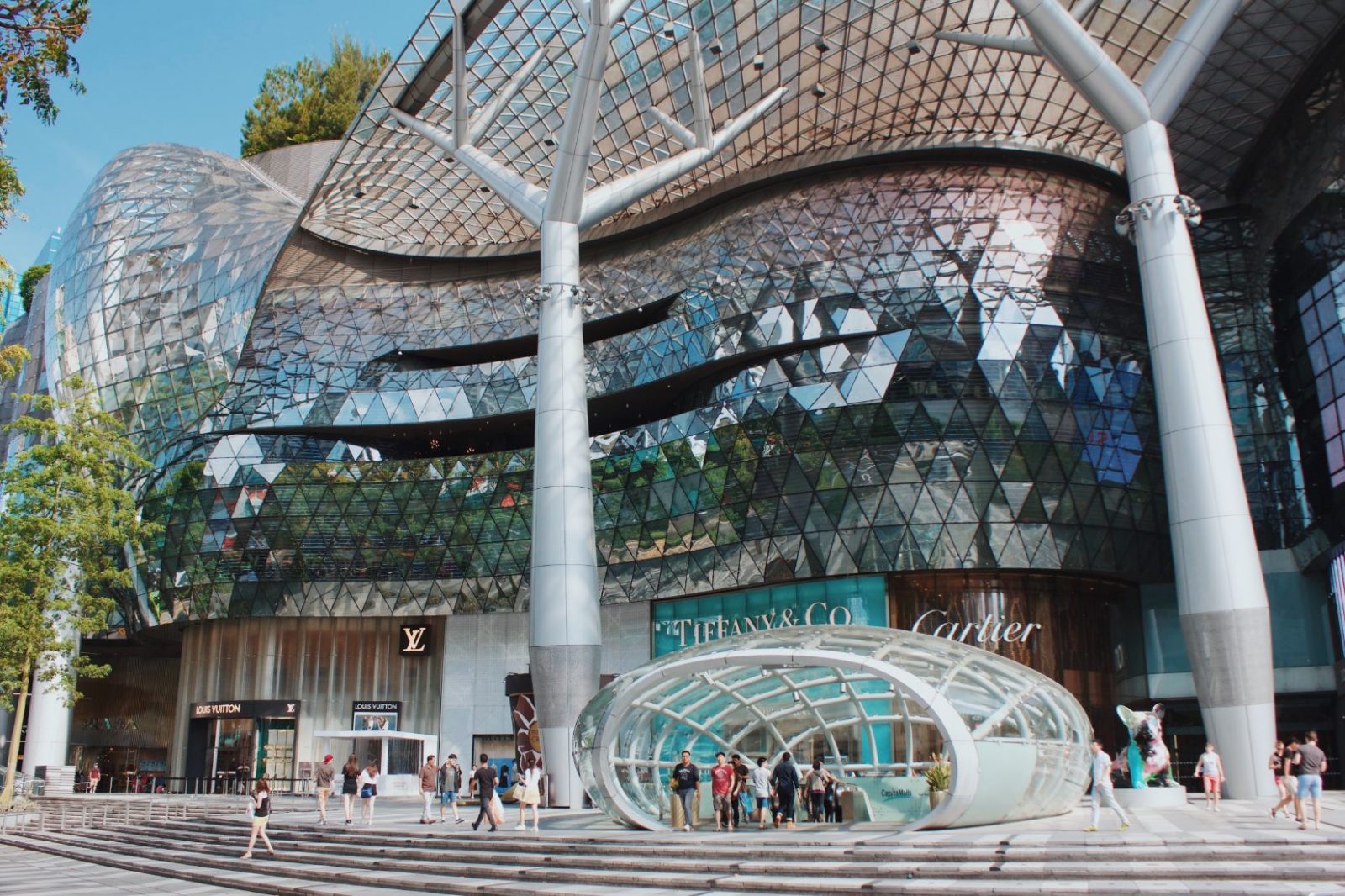
Likewise, malls are highly subjective as an amenity. To some people, the neighbourhood mall has everything they need. To others, it has absolutely nothing and is rubbish. You just have to drop by and decide for yourself.
Other subjective amenities include healthcare and places and worship. Some people want to live near these (e.g. they have dialysis patients in the family who need to live near the healthcare facility, or a nearby place of worship is one they attend). Others feel they’re a disamenity; such as those who loathe all-hours ambulance sirens from hospitals or have taboos about religious places that include a columbarium.
5. Low versus high-density housing
A typical example of low-density housing would be the Bukit Timah or Hillview enclaves; these areas consist mainly of landed property. Low-density housing usually provides better privacy, and noise pollution/traffic are kept to a minimum. Condos near such enclaves will have little to block their view.
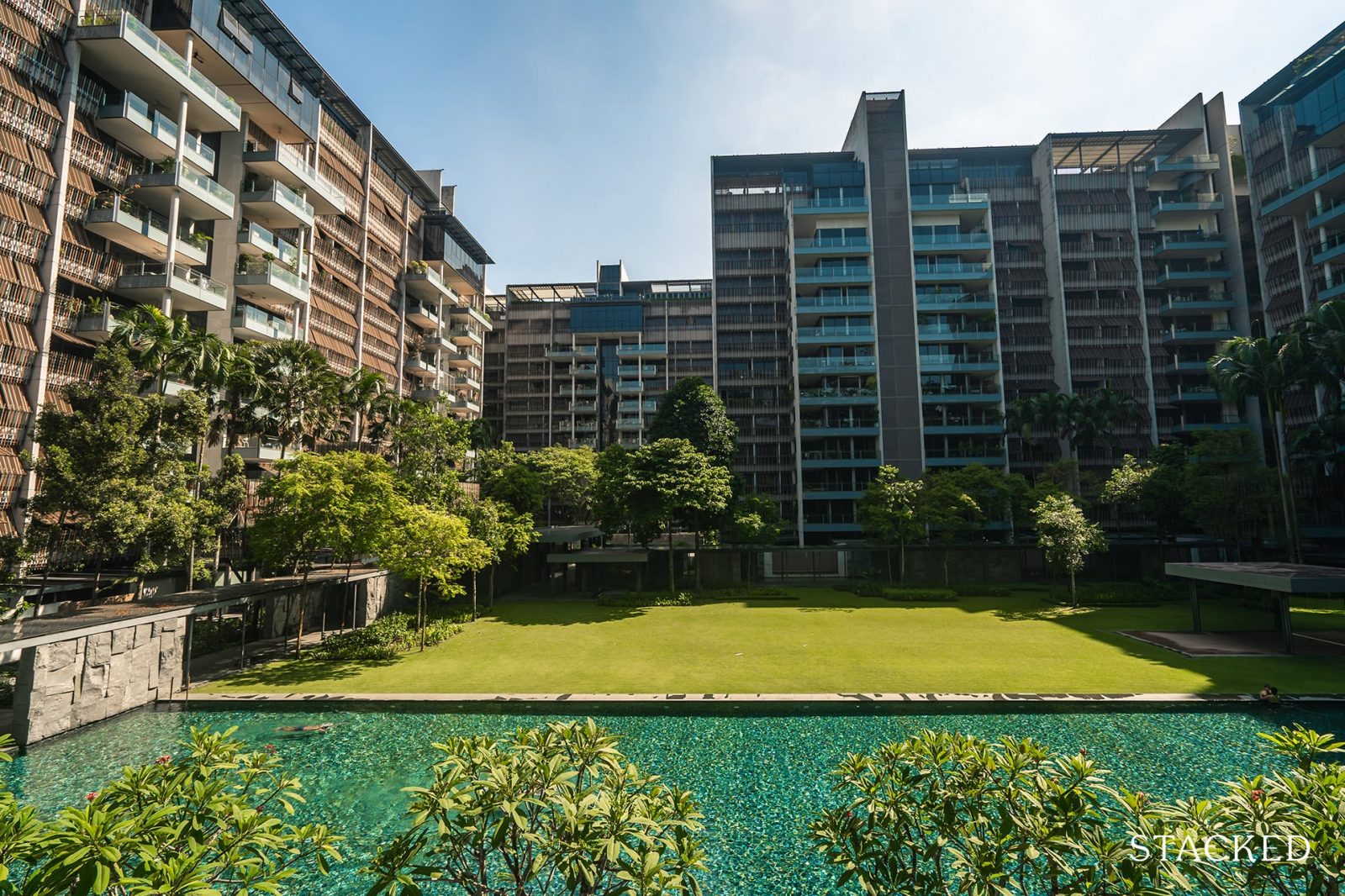
As a trade-off, however, most low-density housing areas are further from malls and MRT stations. This is precisely how the residents want things, as it preserves the area’s exclusivity. If you don’t drive, it can be quite inconvenient.
A typical example of high-density housing would be an area right next to an HDB estate. These areas are the flip-side of low-density; they tend to be more crowded and noisier, but at the same time closer to the hubs of activity.
6 Stigmatised locations
We’re mostly just talking about Geylang here, in particular the red-light area (although note that areas beyond Lorong 30 are not really affected).
Even though these areas may have great food, retail options, and a central location, you can expect financing issues. Not all banks will extend loans for properties in this area; so even if you’re willing to shrug off its reputation, you might find it tough to afford the property all in cash.
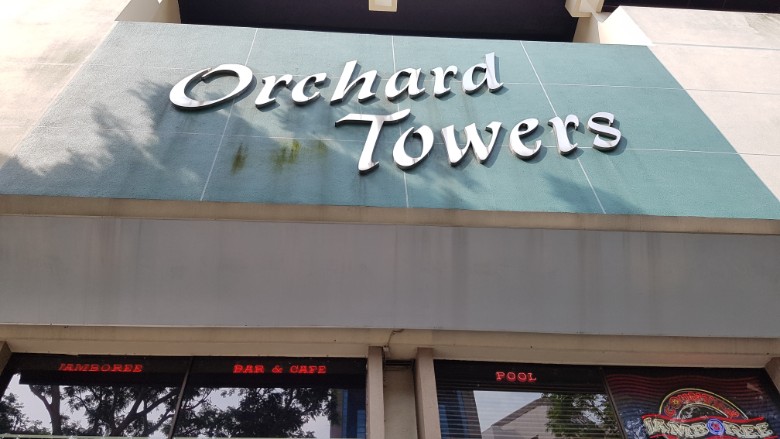
However, some areas – such as near Orchard Towers – face a risk of lower rental income or appreciation, just because they have a bad reputation. It’s subjective whether the benefits (e.g. a potentially cheaper option in a central location) is worth buying.
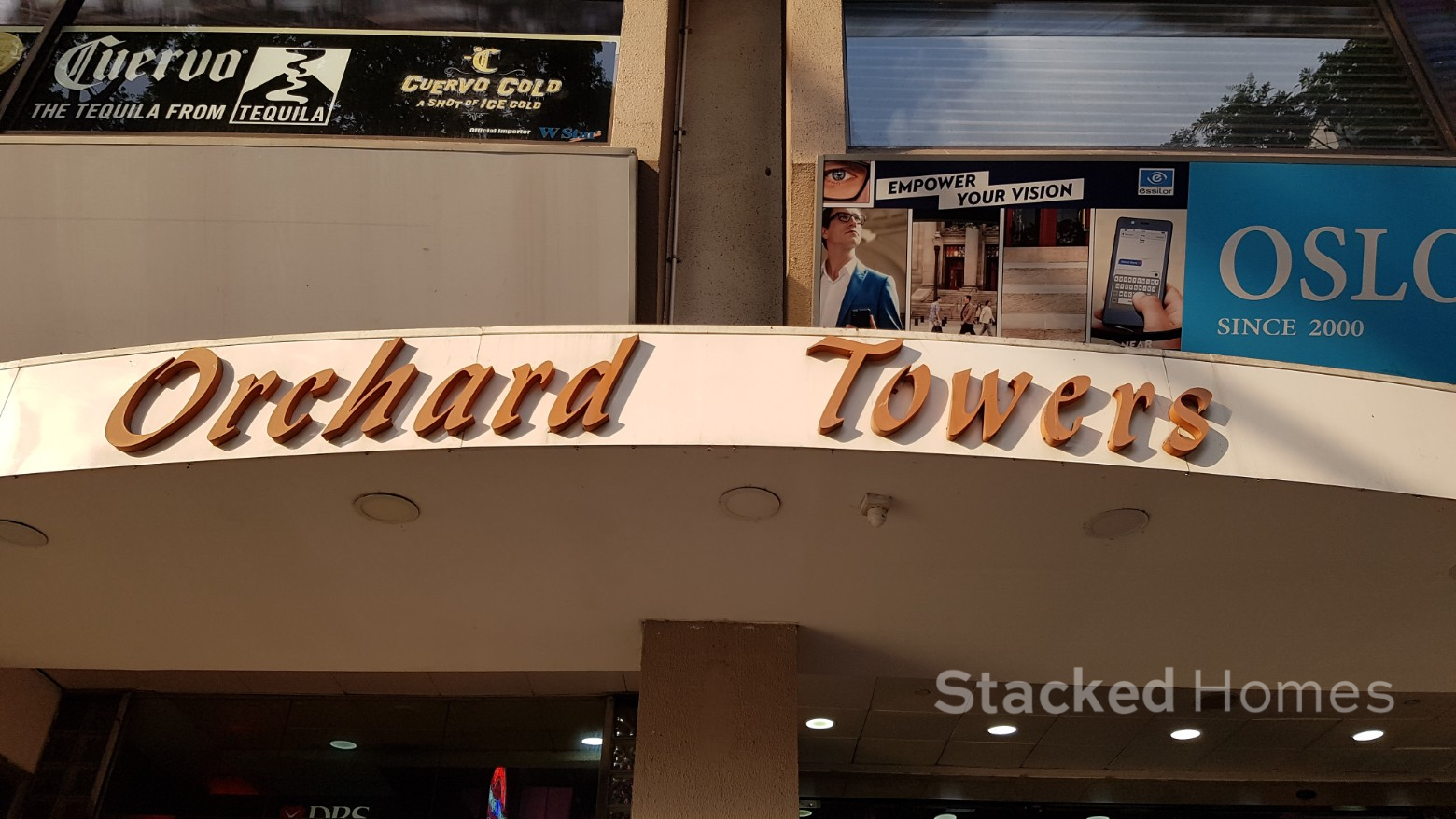
Condo ReviewsOrchard Towers Review – Interesting apartment at the doorstep of Orchard
by Druce Teo7. Personal lifestyle factors
These are things related to your life, which don’t show up on any map. For example, you may have to live near your parents, because childcare or domestic helpers are out of the question; if so, your priority would be finding a location near your parents.
Or you may have to live near work due to your profession (e.g. you’re a healthcare professional or in the F&B industry), and your super-long hours rule out any property that’s too far away. If so, work concerns may override other niceties such as what’s on the URA Master Plan.
For genuine home buyers, you shouldn’t be afraid to prioritise such personal needs over conventional guidelines.
Remember, location trumps all
If you have to get anything right in the whole home buying process – selecting the most suitable location would be a major step in the right direction.
For more details on buying your first home, check out the rest of our Ultimate guide on Stacked Homes.
This is Part 13 of our Ultimate Guide to buying your first home. If you haven’t read Part 12, you can do so at the link!
Ryan J
A seasoned content strategist with over 17 years in the real estate and financial journalism sectors, Ryan has built a reputation for transforming complex industry jargon into accessible knowledge. With a track record of writing and editing for leading financial platforms and publications, Ryan's expertise has been recognised across various media outlets. His role as a former content editor for 99.co and a co-host for CNA 938's Open House programme underscores his commitment to providing valuable insights into the property market.Read next from Property Advice

Property Advice We Ranked The Most Important Things To Consider Before Buying A Property In Singapore: This One Came Top
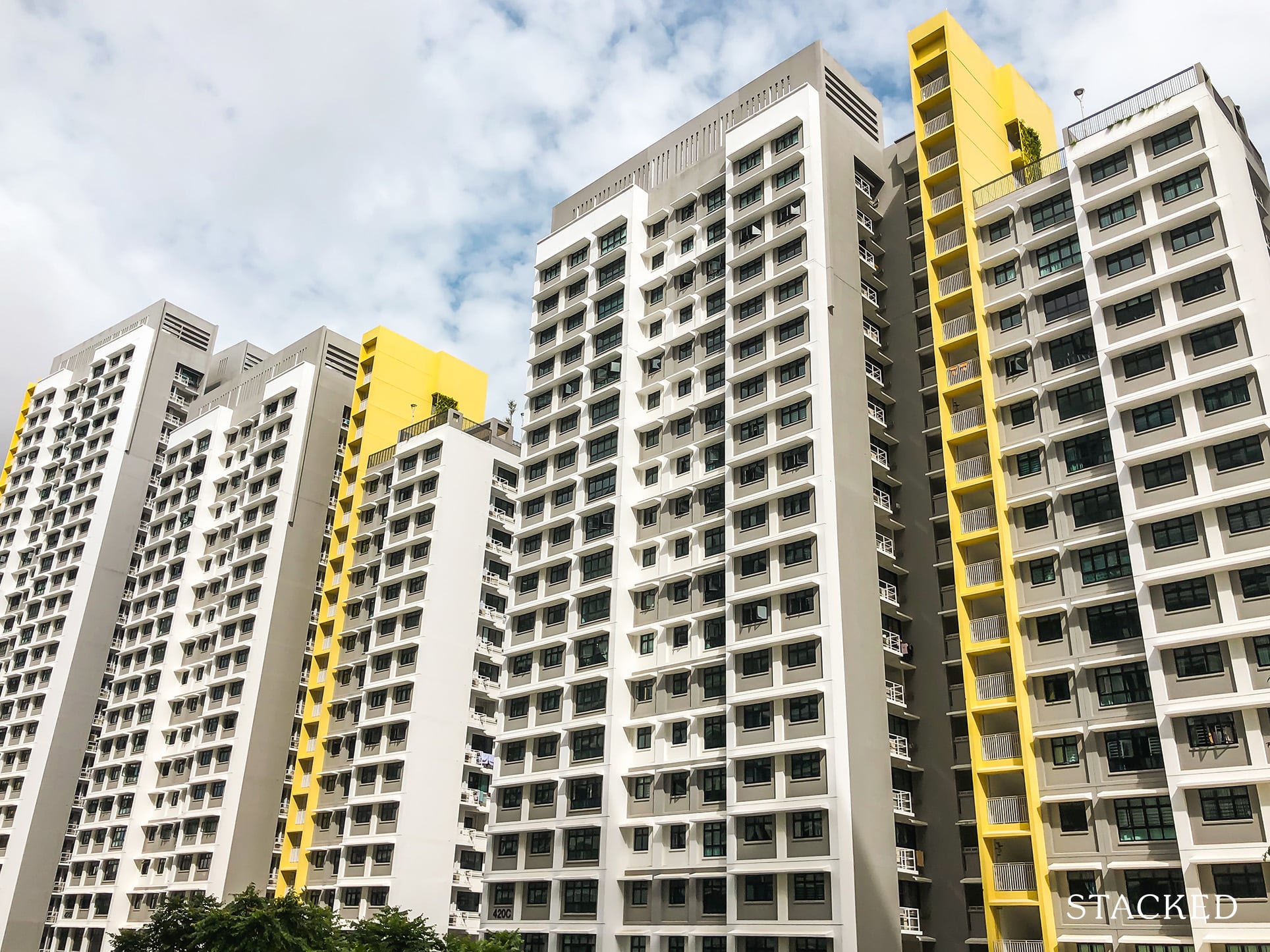
Property Advice Why Punggol Northshore Could Be The Next Hotspot In The HDB Resale Market
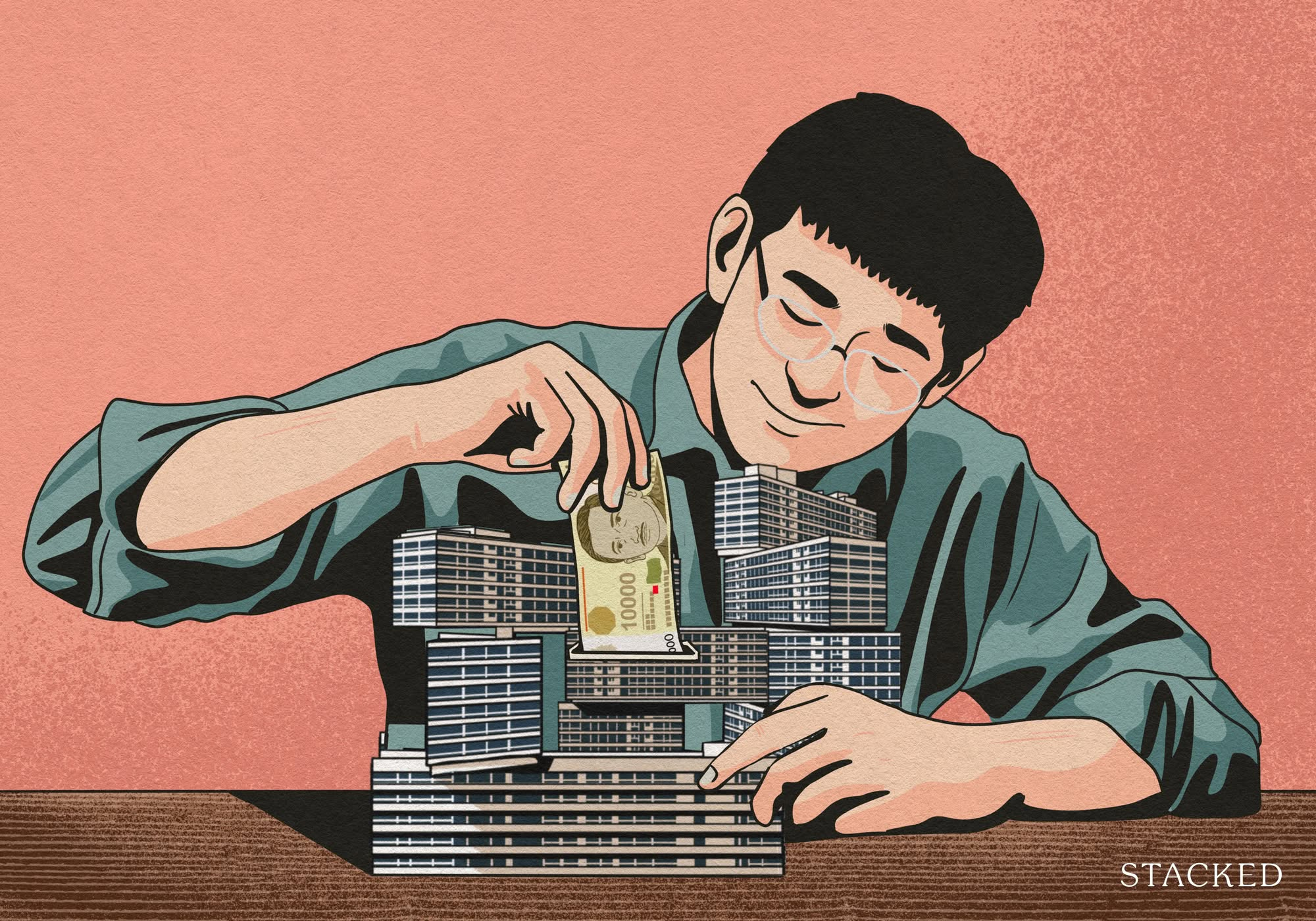
Property Advice How Much Is Your Home Really Worth? How Property Valuations Work in Singapore
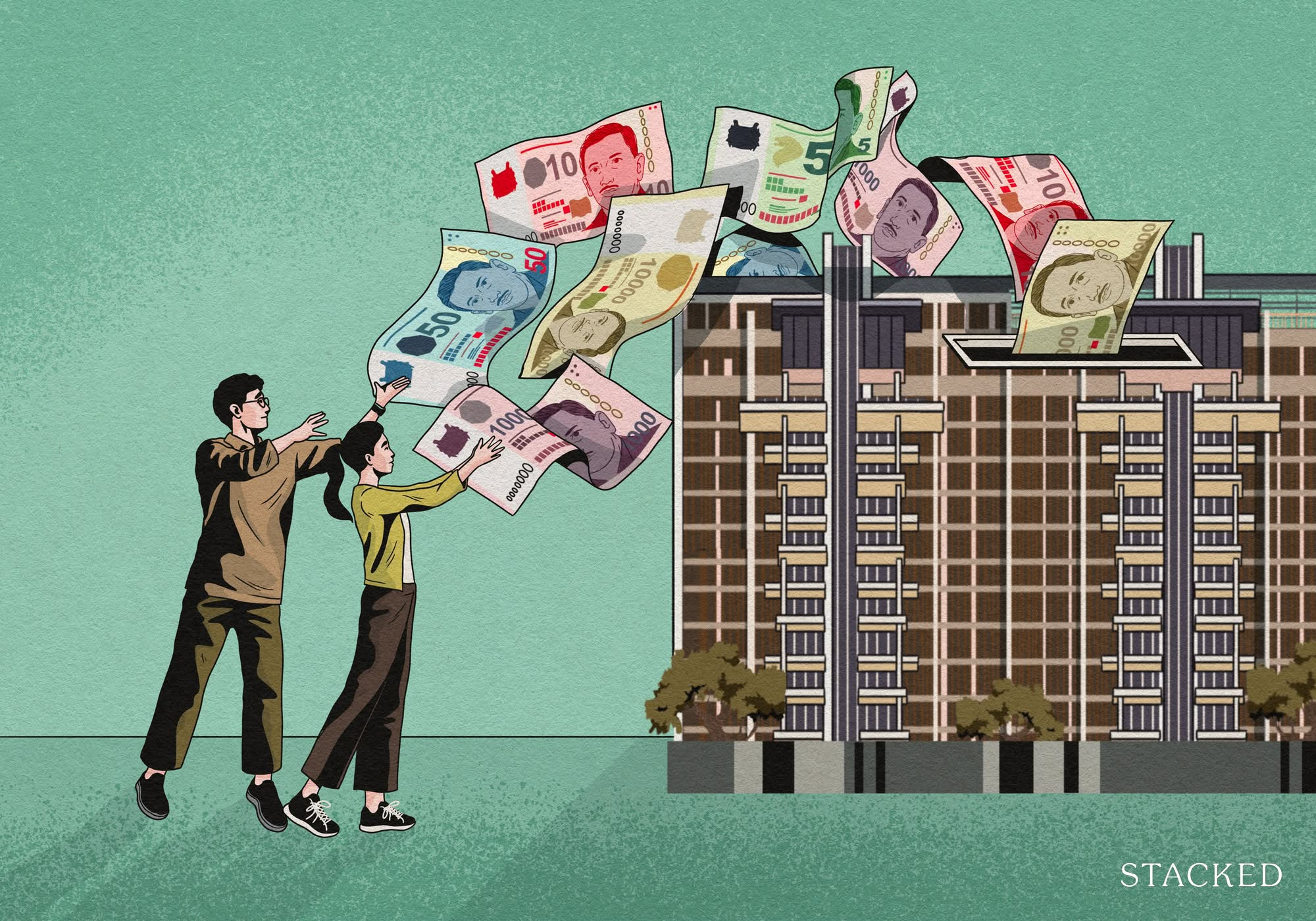
Property Advice Why I Had Second Thoughts After Buying My Dream Home In Singapore
Latest Posts
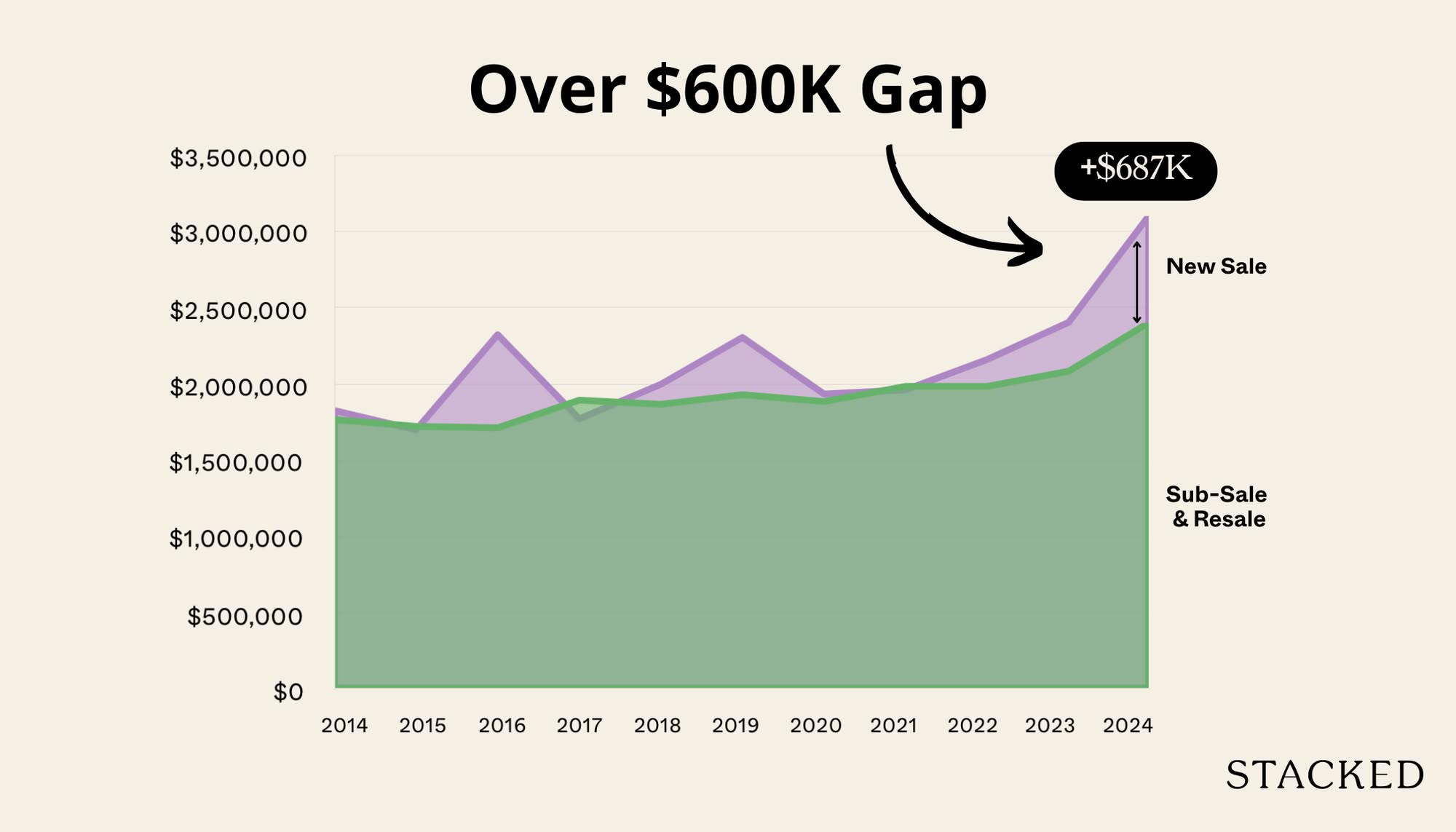
Pro We Compared New Vs Resale Condo Prices In District 10—Here’s Why New 2-Bedders Now Cost Over $600K More
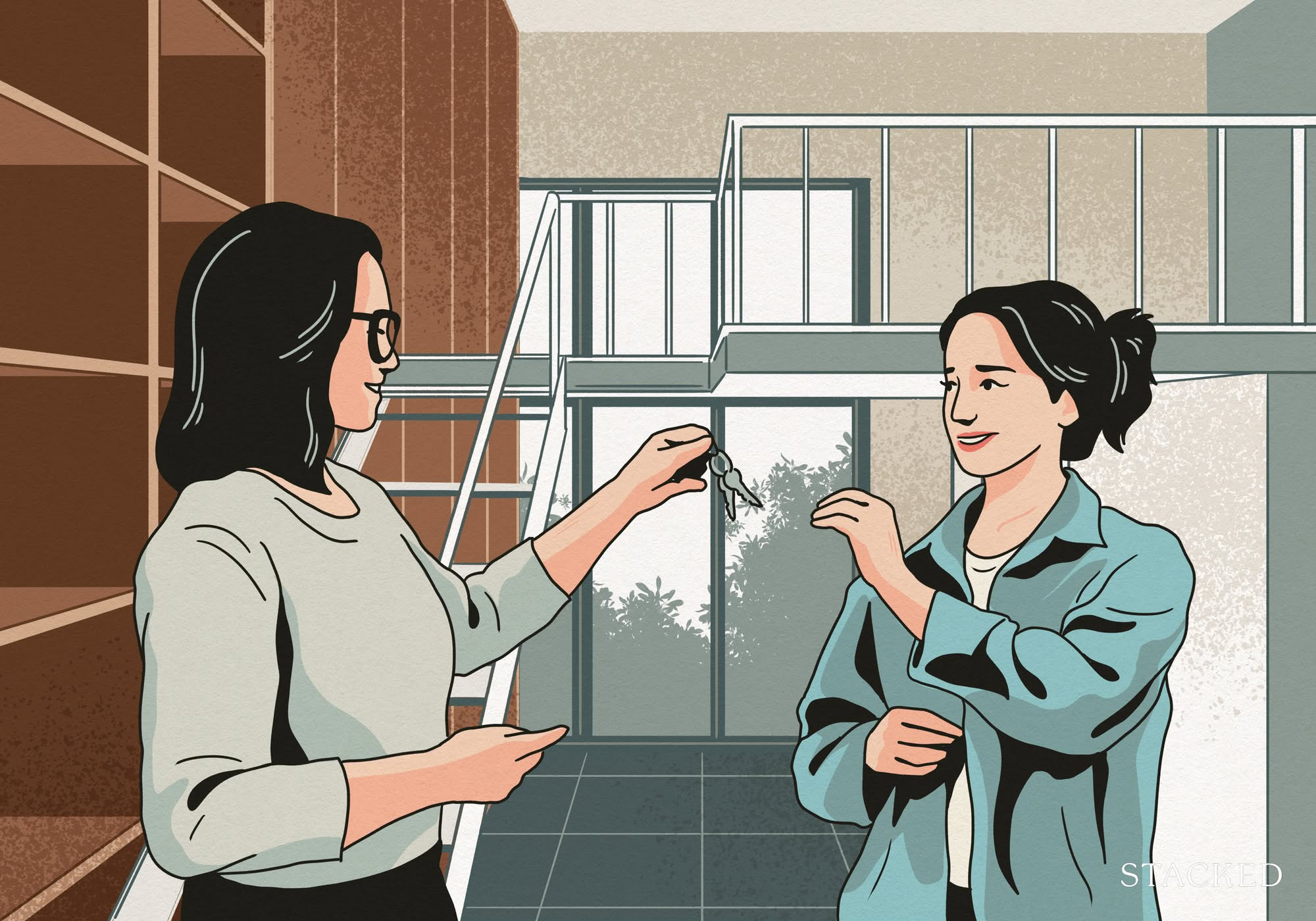
Singapore Property News They Paid Rent On Time—And Still Got Evicted. Here’s The Messy Truth About Subletting In Singapore.
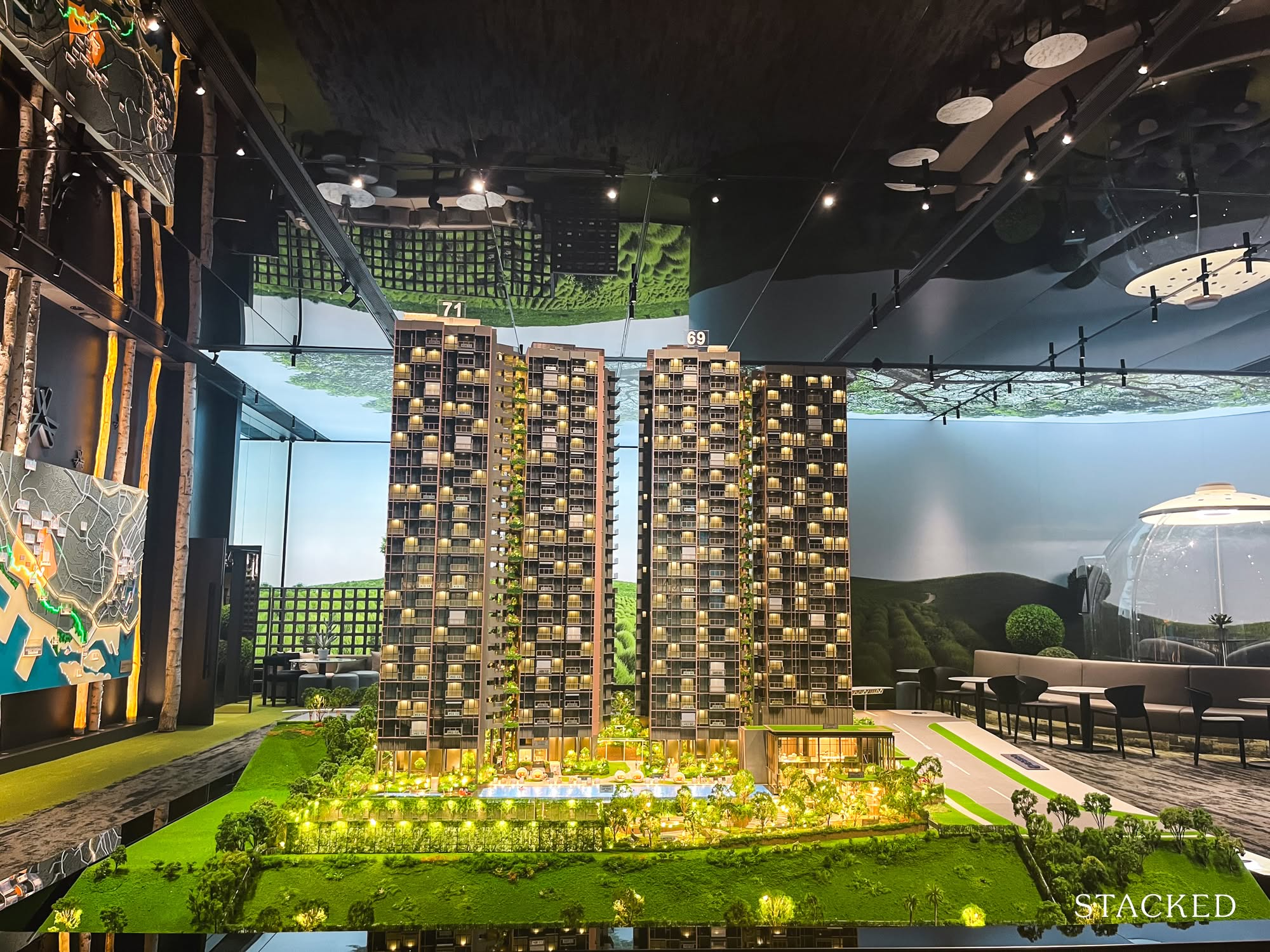
New Launch Condo Reviews LyndenWoods Condo Review: 343 Units, 3 Pools, And A Pickleball Court From $1.39m
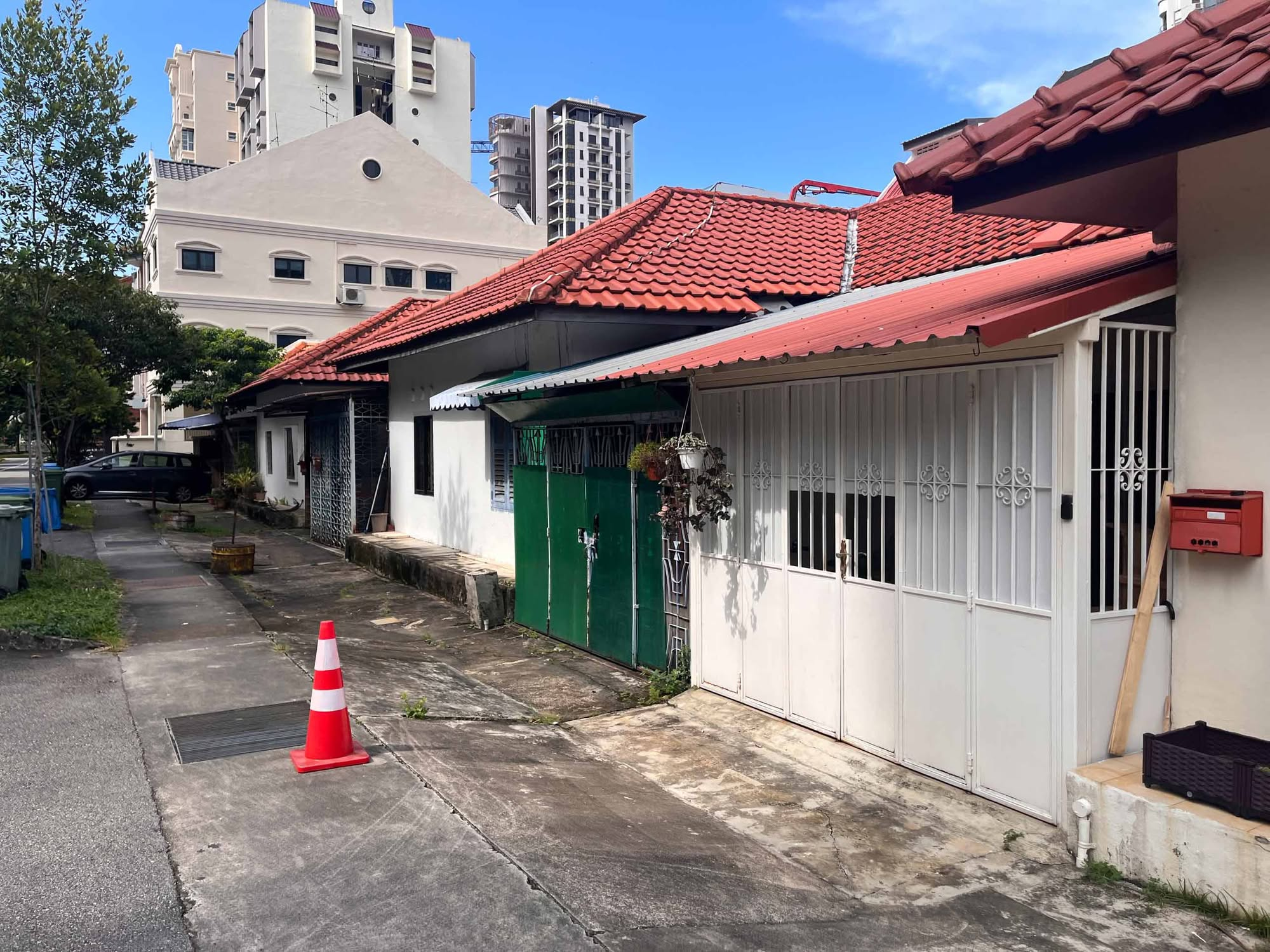
Landed Home Tours We Tour Affordable Freehold Landed Homes In Balestier From $3.4m (From Jalan Ampas To Boon Teck Road)
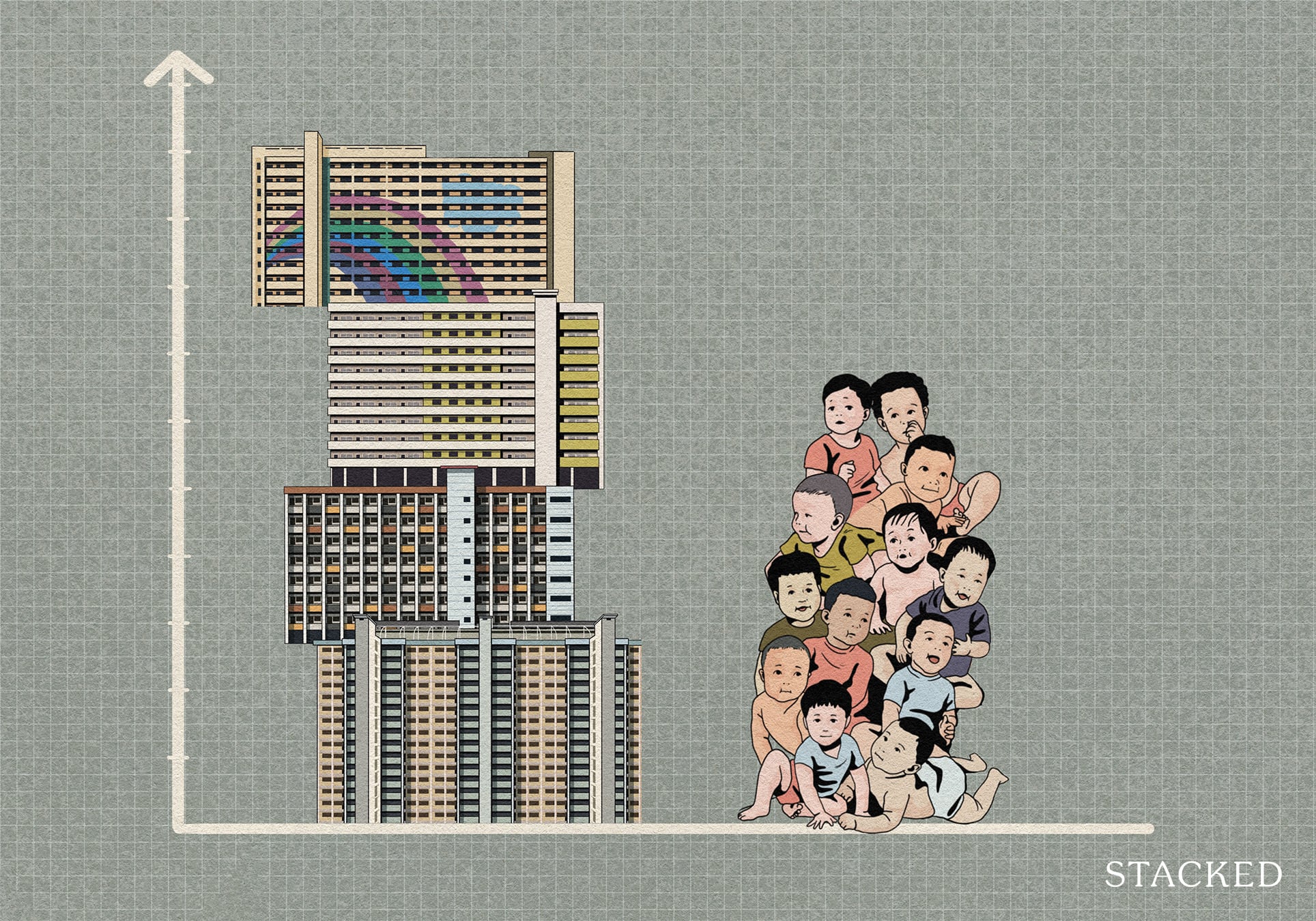
Singapore Property News Is Our Housing Policy Secretly Singapore’s Most Effective Birth Control?
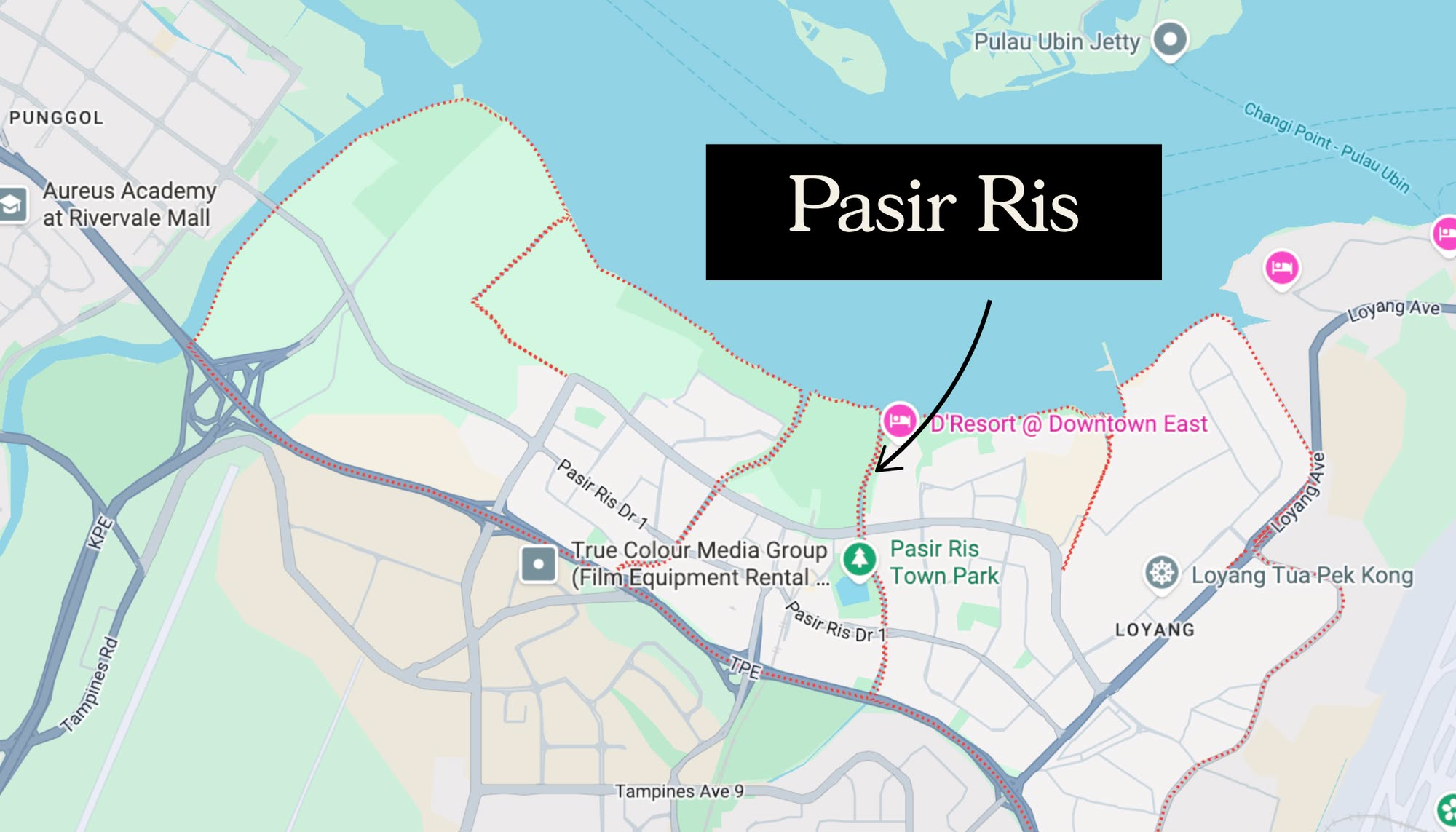
Property Market Commentary Why More Young Families Are Moving to Pasir Ris (Hint: It’s Not Just About the New EC)
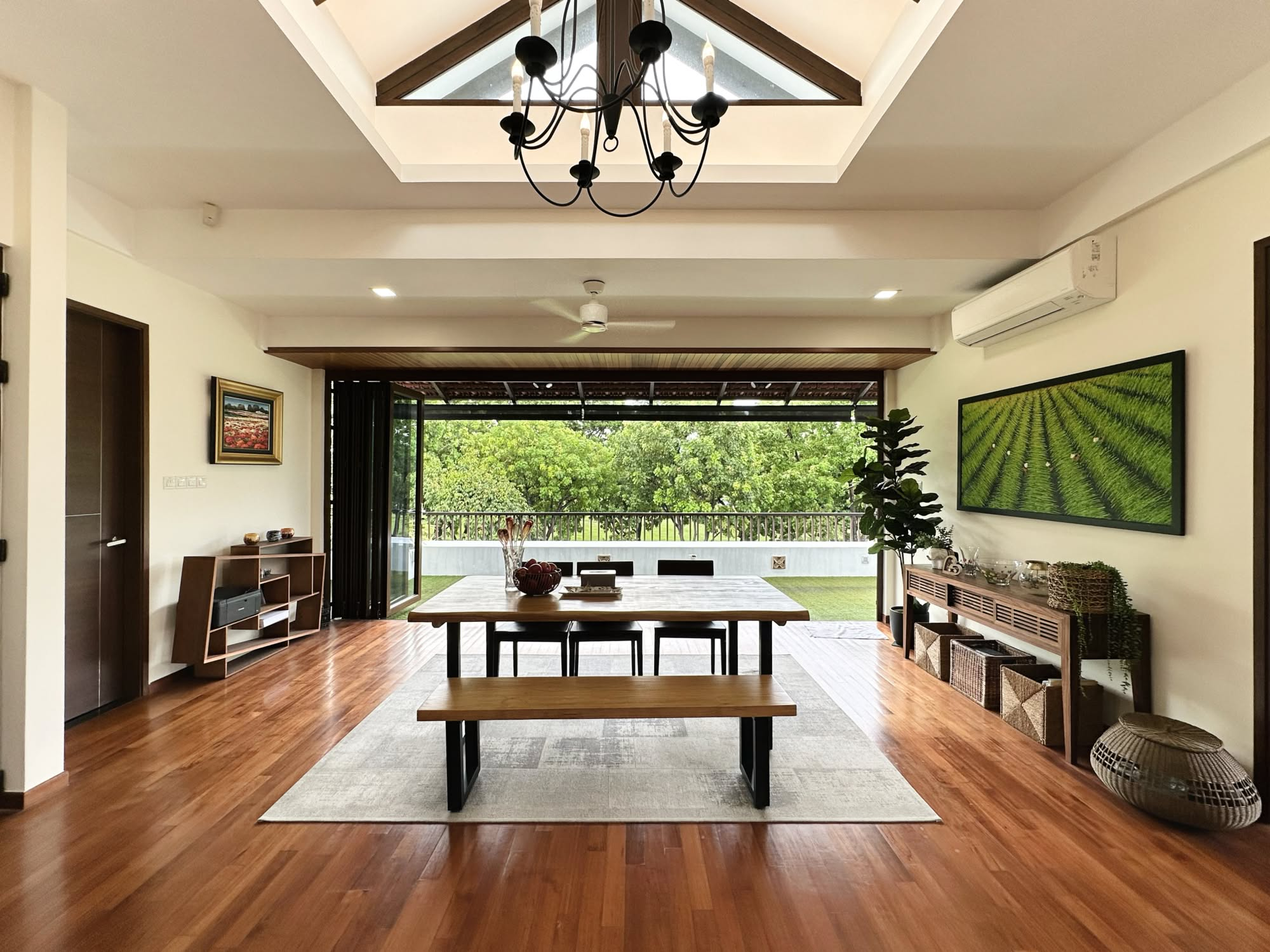
On The Market A 10,000 Sq Ft Freehold Landed Home In The East Is On The Market For $10.8M: Here’s A Closer Look
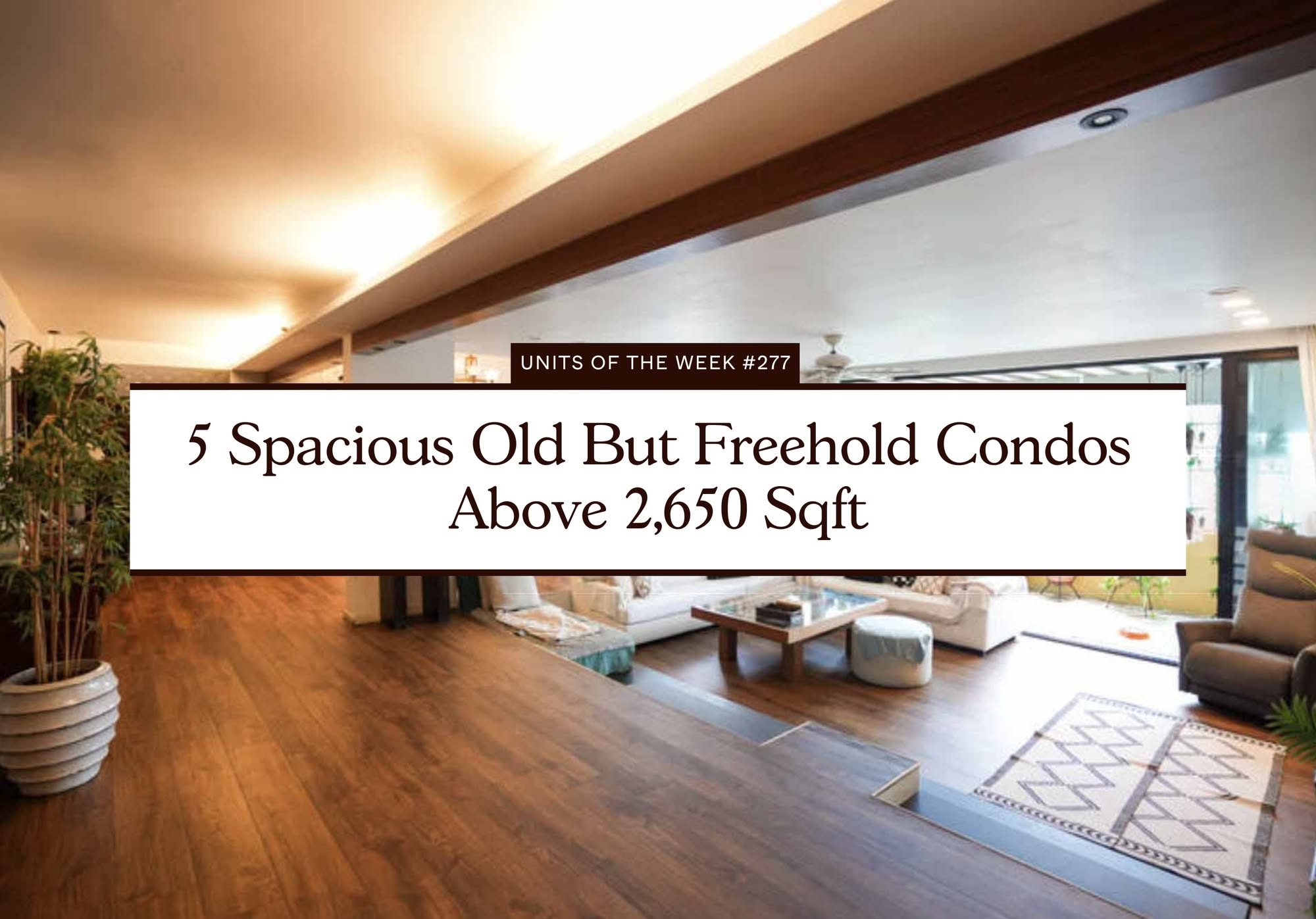
On The Market 5 Spacious Old But Freehold Condos Above 2,650 Sqft
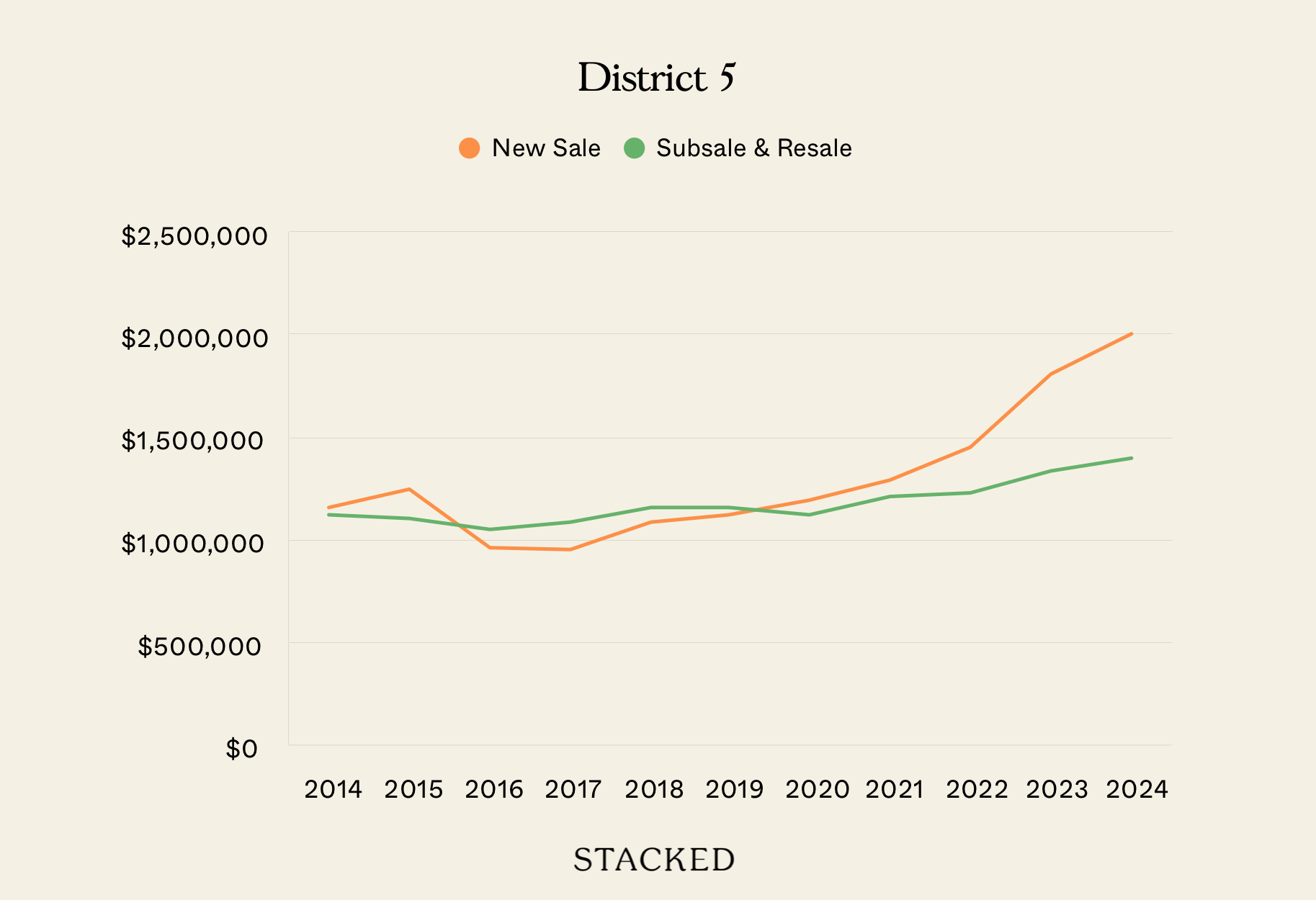
Property Investment Insights We Compared New Launch And Resale Condo Prices Across Districts—Here’s Where The Price Gaps Are The Biggest
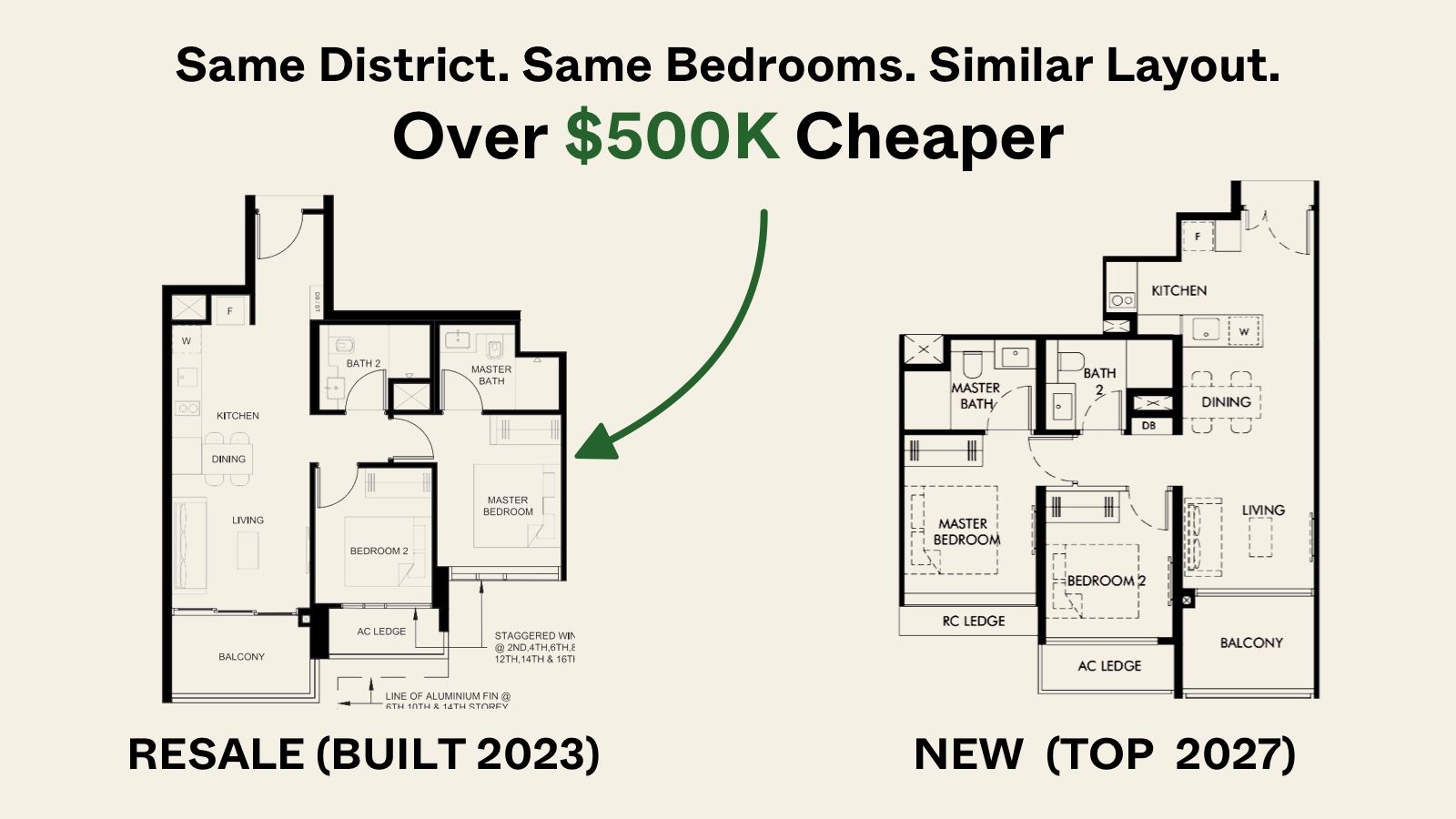
Pro Similar Layout, Same District—But Over $500K Cheaper? We Compare New Launch Vs Resale Condos In District 5
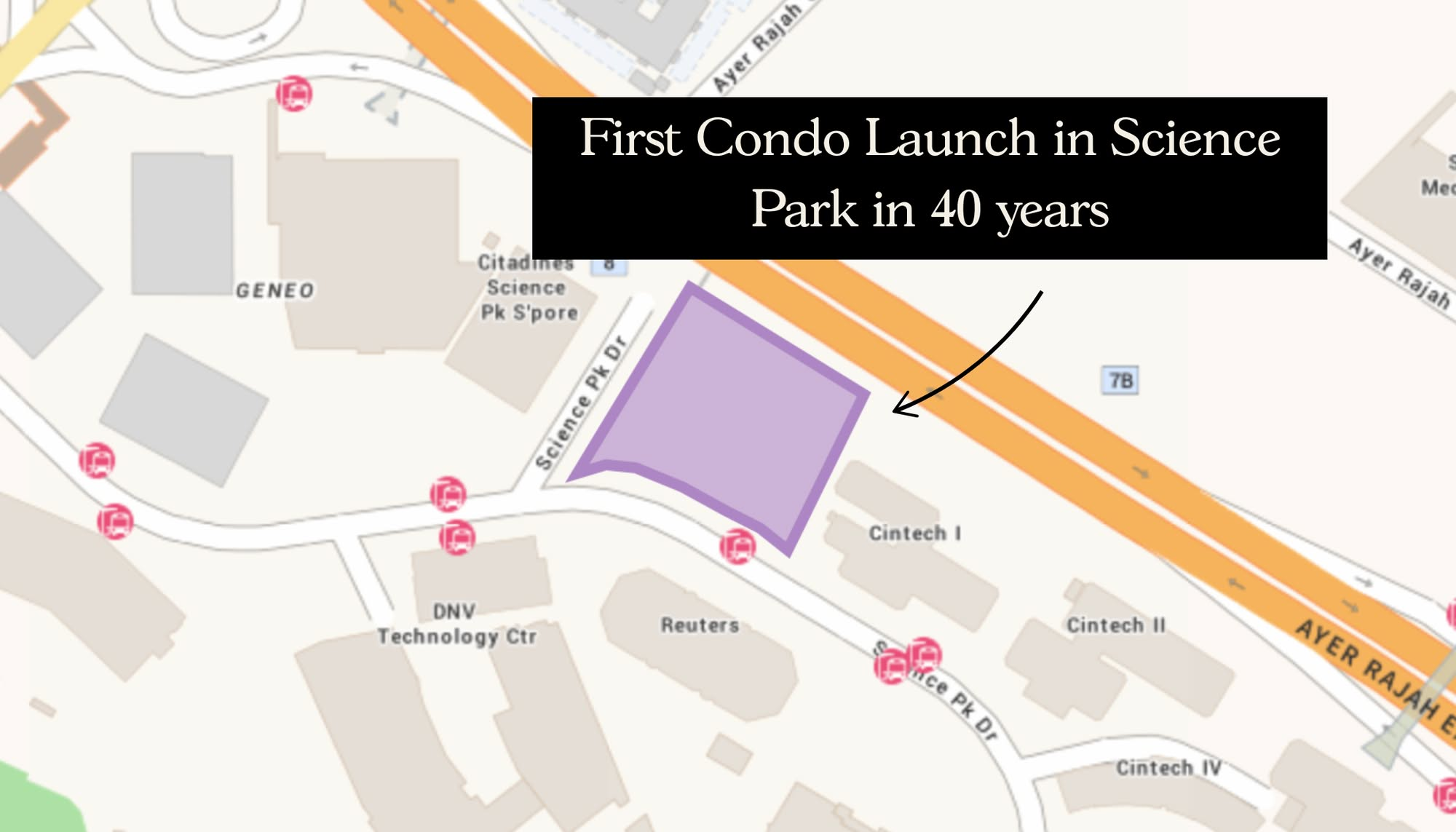
New Launch Condo Analysis The First New Condo In Science Park After 40 Years: Is LyndenWoods Worth A Look? (Priced From $2,173 Psf)
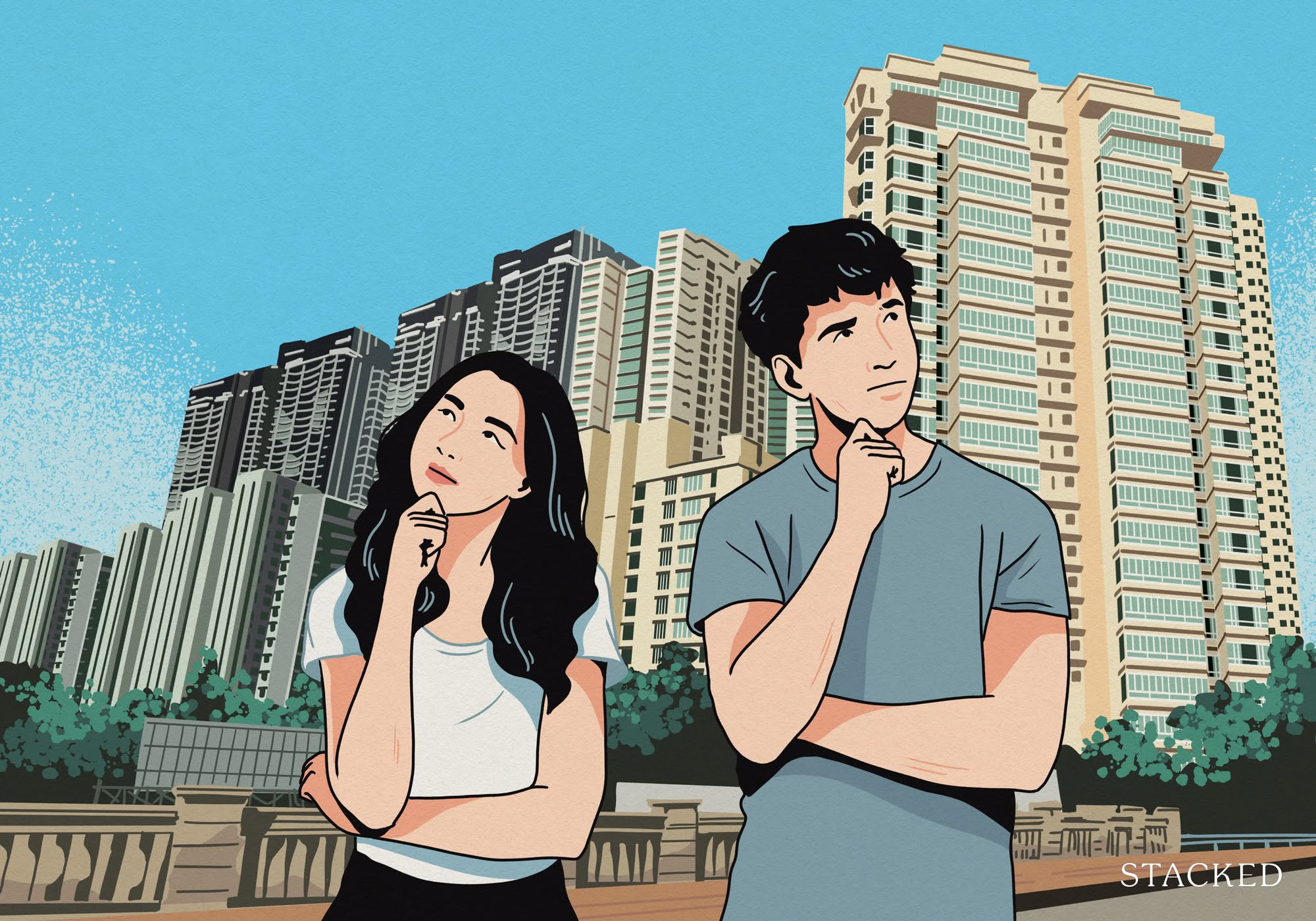
Editor's Pick Why The Johor-Singapore Economic Zone Isn’t Just “Iskandar 2.0”
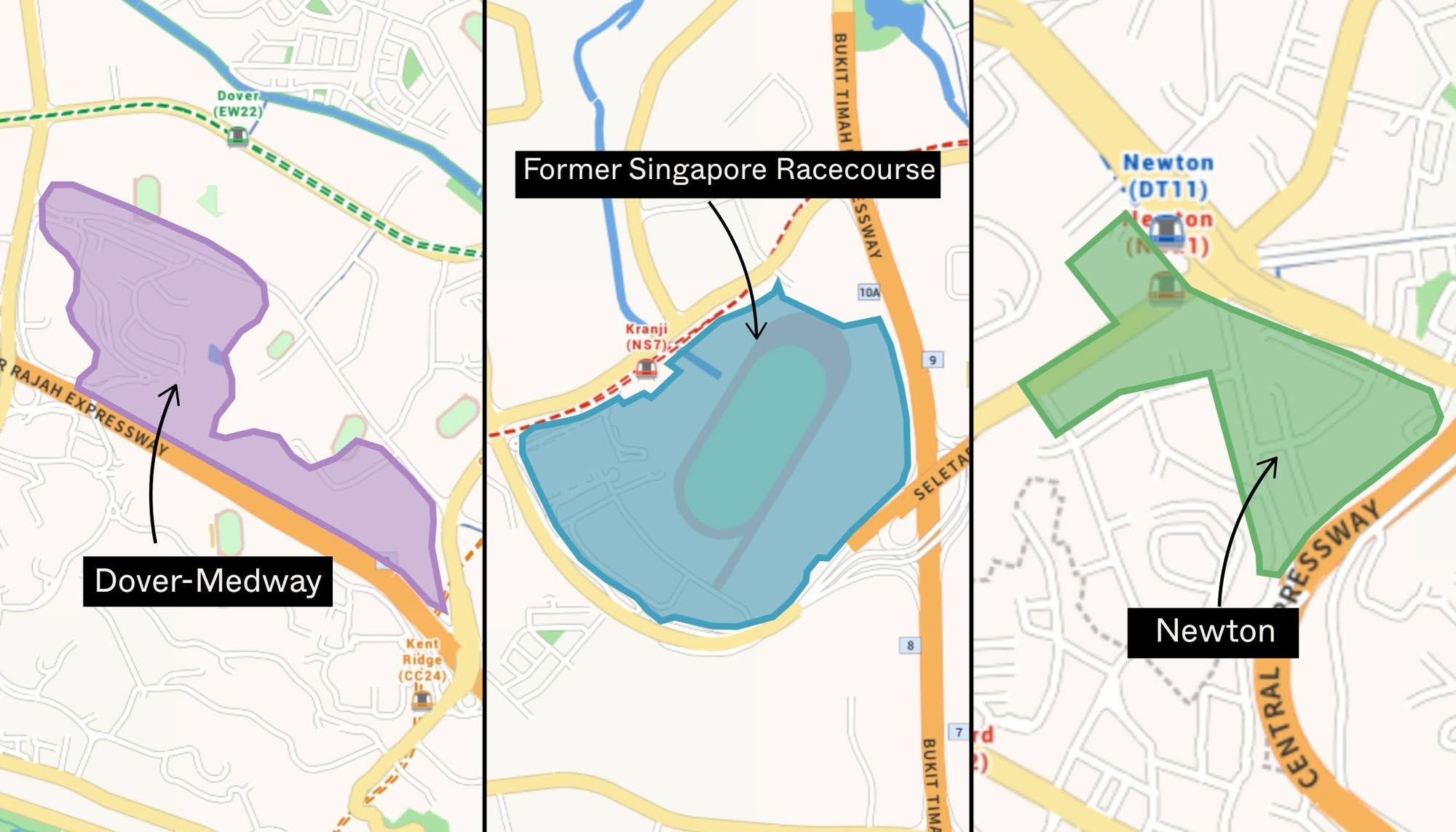
Editor's Pick URA’s 2025 Draft Master Plan: 80,000 New Homes Across 10 Estates — Here’s What To Look Out For
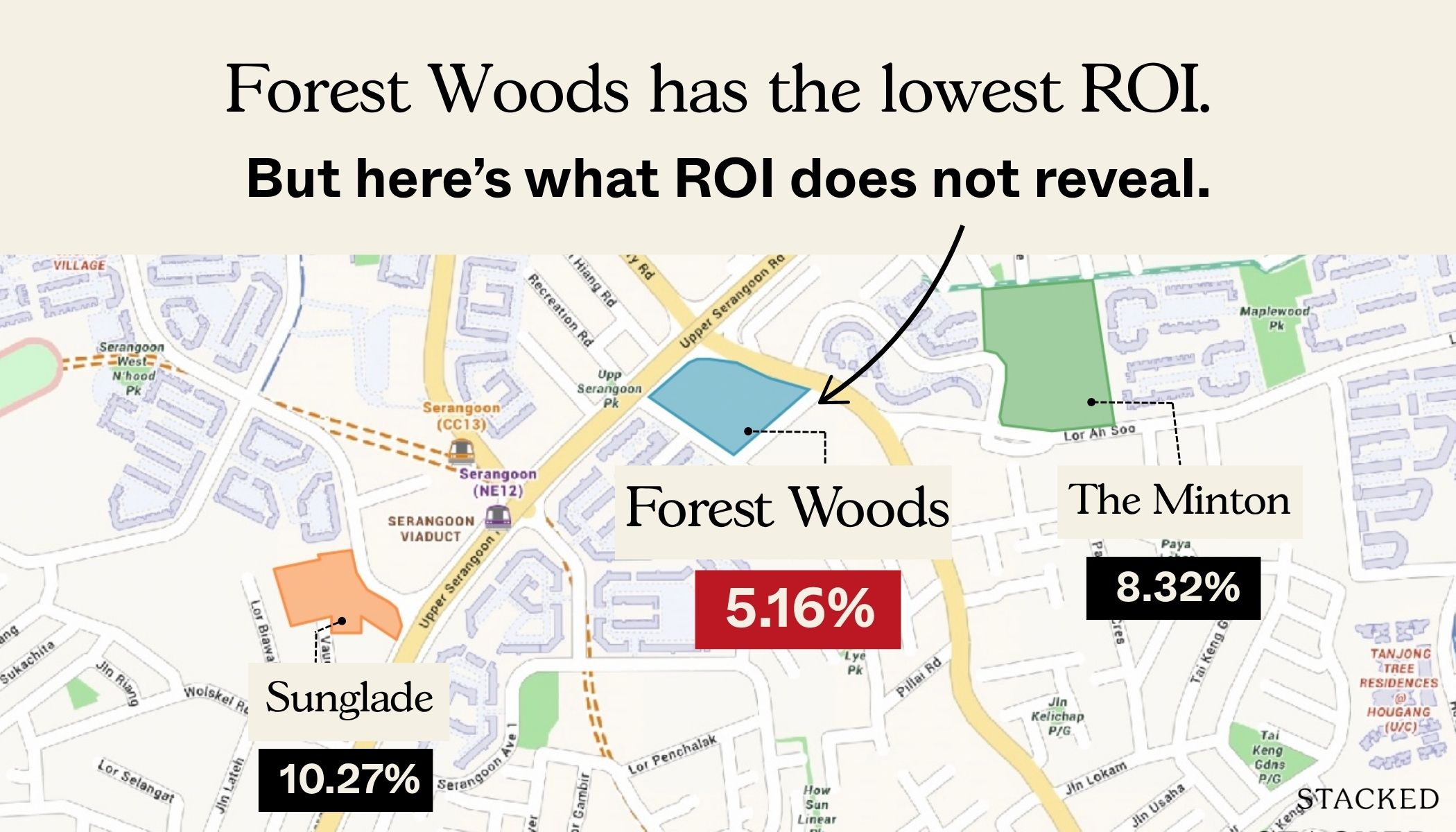
Pro Analysing Forest Woods Condo at Serangoon: Did This 2016 Project Hold Up Over Time?
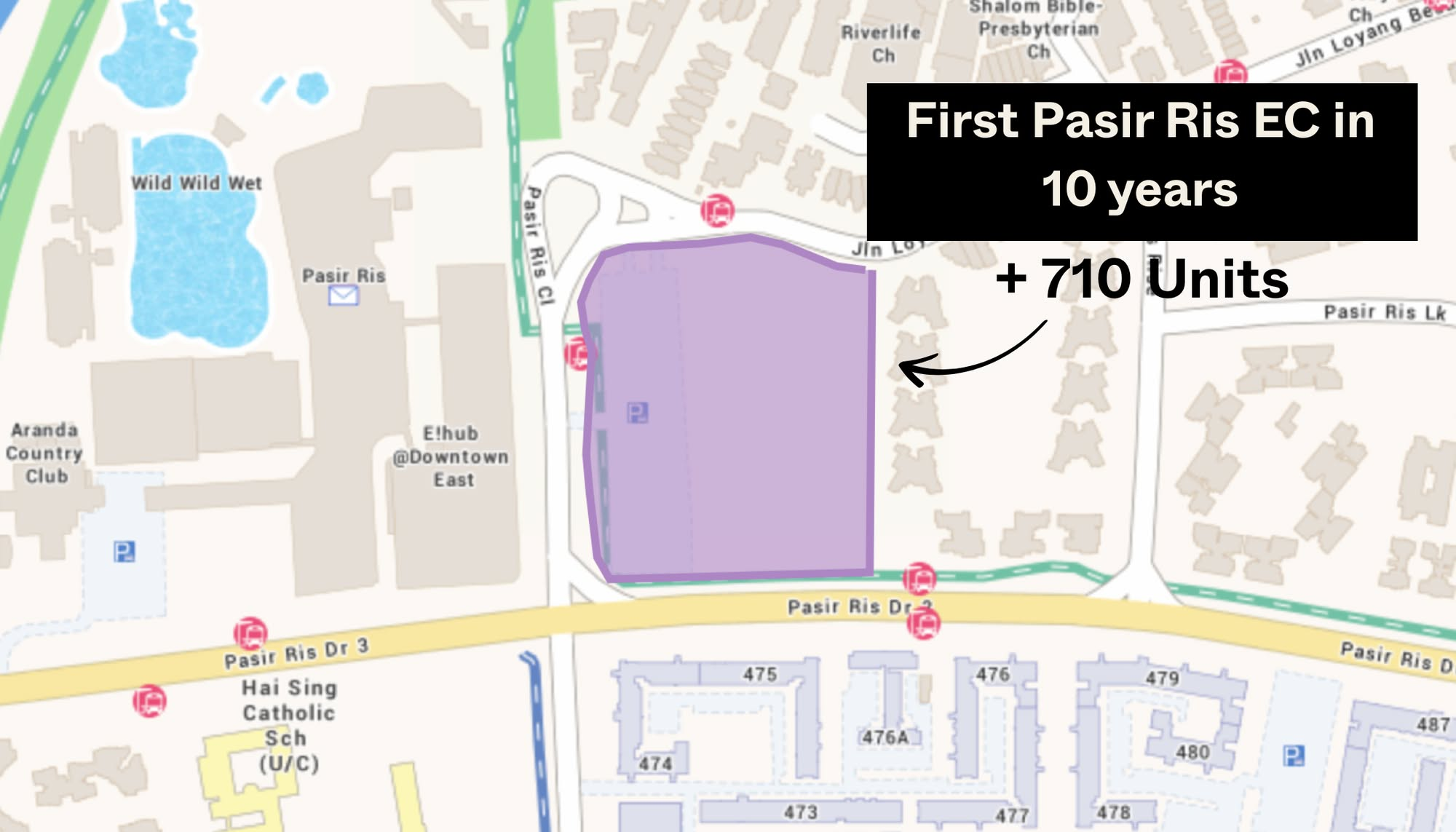
Property Market Commentary This Upcoming 710-Unit Executive Condo In Pasir Ris Will Be One To Watch For Families
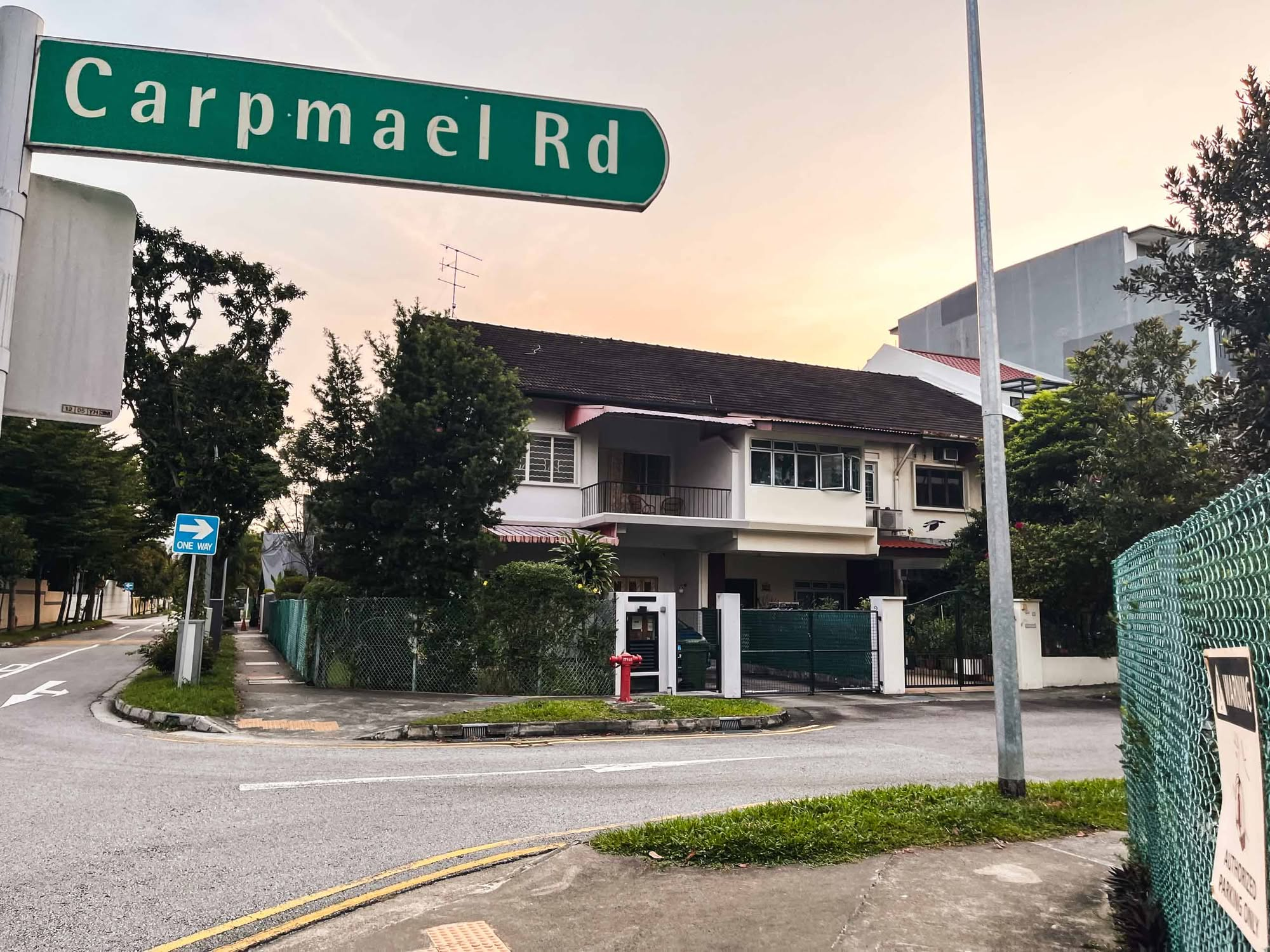


Is Normanton park new launch a good location?